Spring is when the banks of Jiangnan turn green and the red apricot branches become lively. People from Jiangnan are very sensitive to spring; as soon as spring arrives, the most delightful tastes are awakened on our tongues. The spring is brief, and beautiful scenery can vanish in an instant. And that first bite of seasonal dishes, isn’t it also fleeting, like a flash of a white horse?
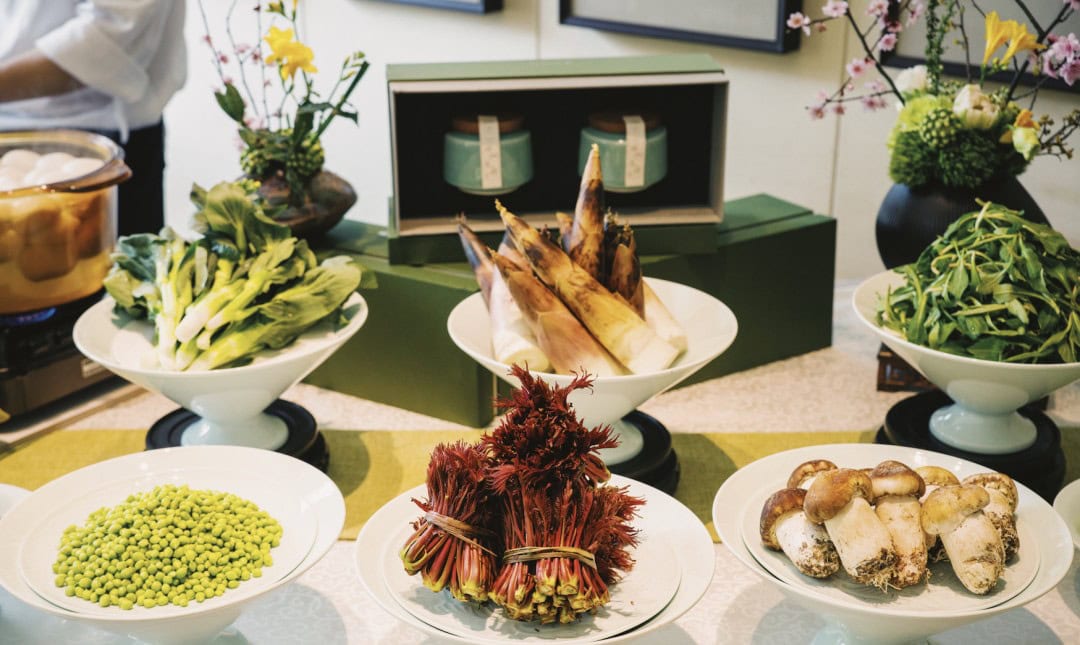
Today, I’ll write about the spring dishes of Hangzhou. The inspiration for writing about spring dishes comes from my recent visit to Hangzhou. My friend Su has taken me to several restaurants, insisting on letting me “taste spring”! In particular, the dishes at Ru Yuan, Lan Xuan, and La Gauche Eatery and Wine were incredibly delicious, making me feel like I truly appreciated Jiangnan’s offerings.
Spring in Hangzhou is beautiful, and everyone is welcome to come and enjoy the spring scenery in Hangzhou; the spring dishes here are also delicious, so do come to savor the “first bite of freshness.”
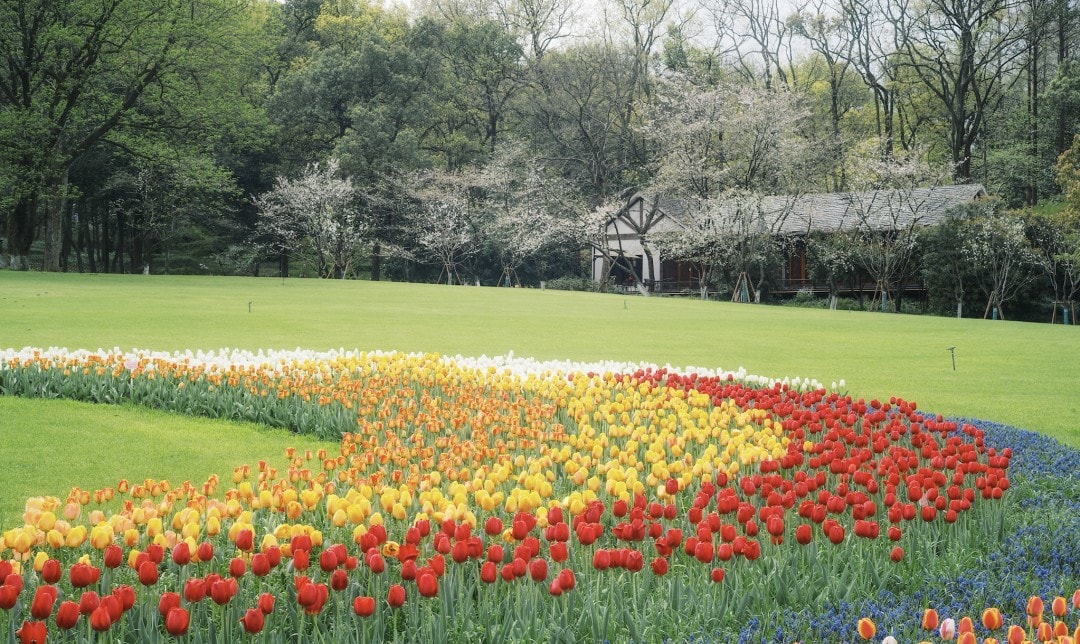
Furthermore, spring dishes also have the advantage of being the most cost-effective of all seasons. The main reason for this is that most of the new spring ingredients are vegetables (such as Chinese toon, spring bamboo shoots, fuzzy bamboo shoots, broad beans, and malan heads). After a winter of eating heavy and greasy dishes, spring calls for something refreshing. A small portion of spring offerings like river fish and seafood also benefits from being outside of the fishing ban period, resulting in good prices and abundant supply. Eating spring dishes in Hangzhou will not burden your wallet too much.
What to eat in spring in Hangzhou? First and foremost: Chinese toon.
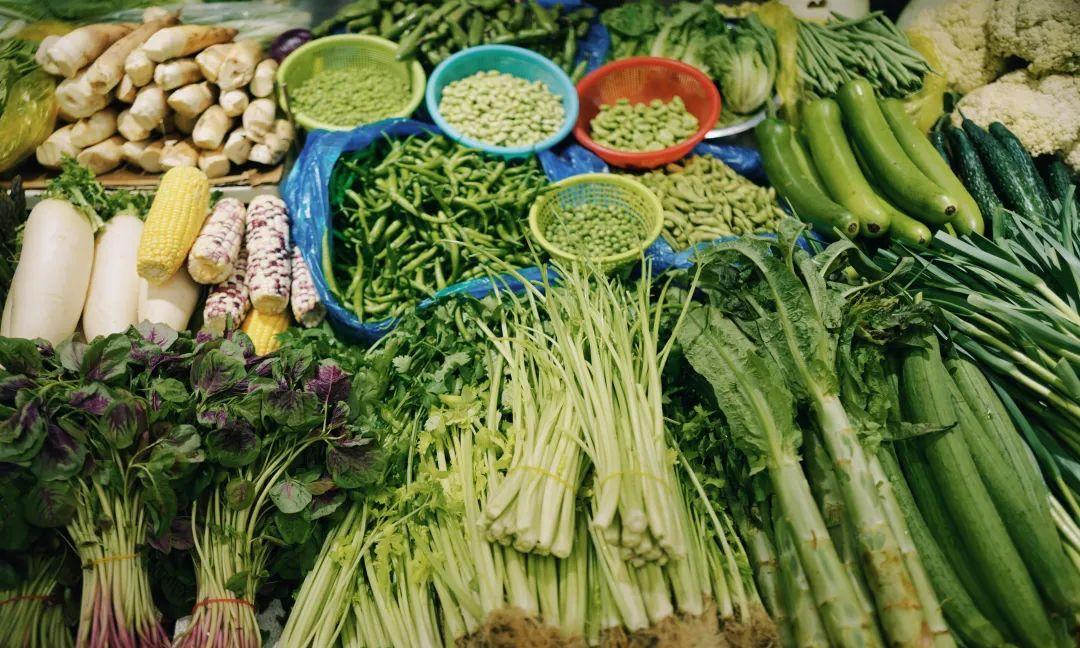
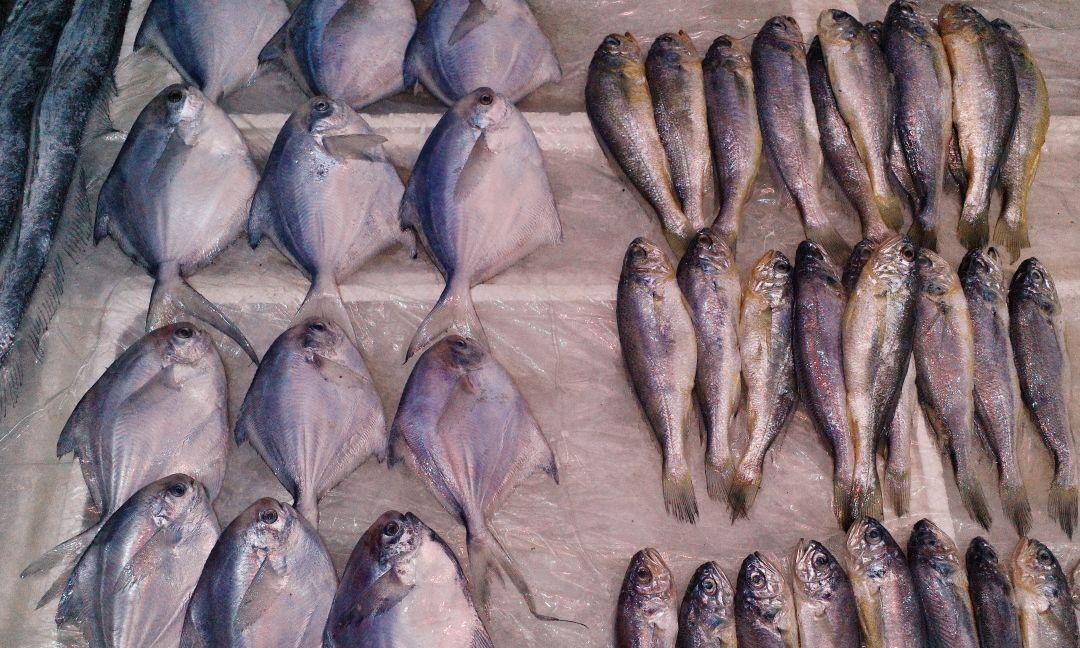
Chinese toon is one of the representatives of spring dishes; not eating it means you haven’t experienced spring. However, the tasting period of toon is very brief—only about a month each year—so many people eagerly wait for a year just to have that taste.
You can find toon in many restaurants, most commonly in dishes like scrambled eggs with toon. While it’s delicious, it’s too common, so I won’t write about that. Instead, let’s talk about something special. The toon sauce vegan abalone at Lan Xuan is truly distinct, offering a preparation of toon that you won’t find in other restaurants. Toon is very seasonal, and it must be local; this ensures that from harvesting to the table, the time is the shortest. Toon has a complex and unique aroma, fresh and stimulating. When chopped finely, its fragrance is heightened. The dish of vegan abalone with toon sauce at Lan Xuan is made by chopping the toon and extracting its juices, which are then thoroughly blended with vegan abalone (a type of bean product), creating a unique flavor only available in spring.
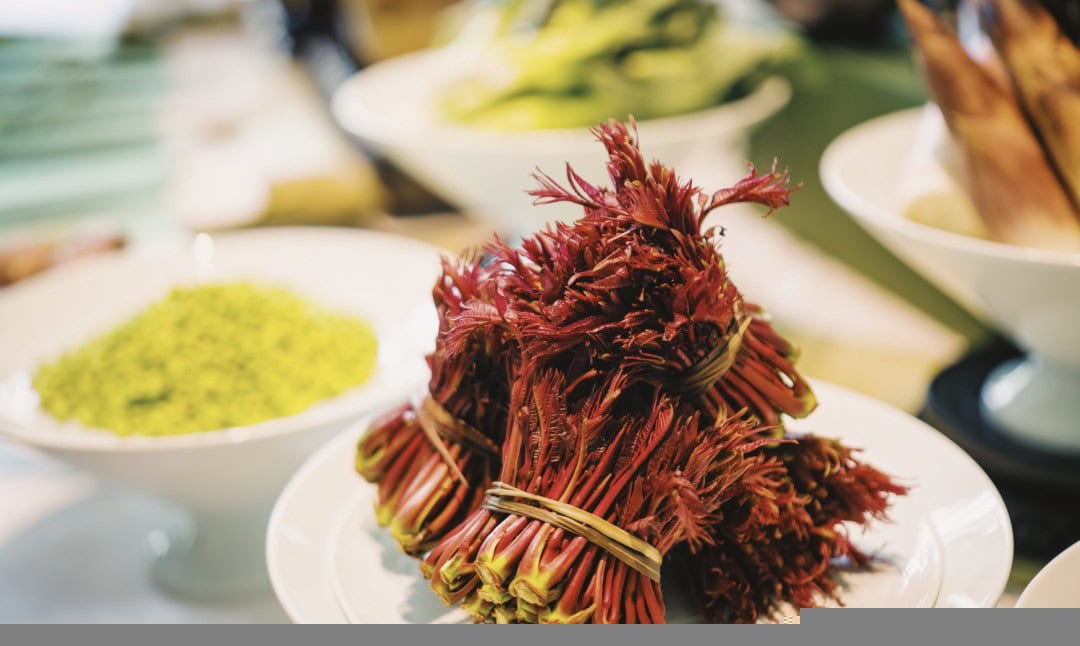
Another simple yet effective dish is the chopped toon with square tofu from the Peony Hall at the West Lake Hotel. At first glance, it seems ordinary, and the preparation is simply to chop the toon and mix it well with the tofu, seasoned only with a hint of sesame oil and salt. This dish tastes refreshing and retains the unique fragrance of the toon, making it simply delicious. As an aside, the toon served by the West Lake Hotel is sourced from their own garden, making it undoubtedly the closest toon to the West Lake.
Another remarkable dish is the sautéed eel with toon at Jiangnan Yi. Both toon and eel are beloved by the people of Hangzhou and are currently in season. The combination of these two stars truly makes one’s mouth water. The toon is presented intact on top of the eel, complemented by red pepper; the spiciness is mild but enhances the dish’s freshness. The eel has plenty of gelatin, falling off the bone with ease and without any fishy scent. You can only find this dish at Jiangnan Yi.
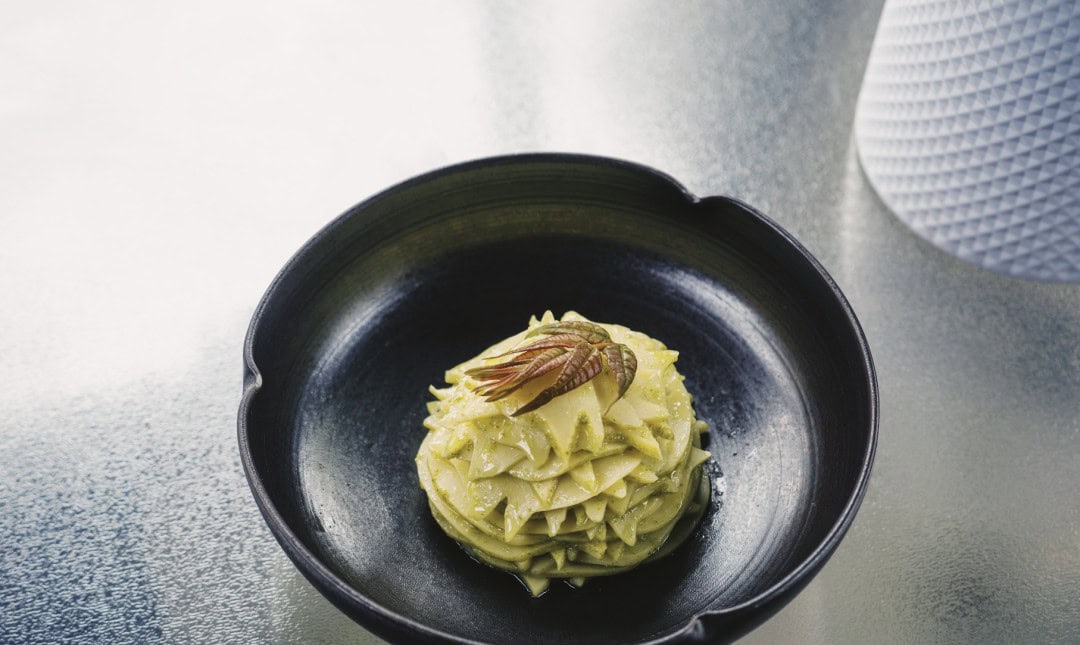
The crème de la crème in preparing toon this season includes the toon and crab dish at Ru Yuan, which is an assertive recipe that combines land and sea. The crispy fried toon pairs perfectly with tender Matsuba crab, and the crab meat must be eaten together with the toon to finalize the seasoning in your mouth—a heavenly experience.
For the top two dishes featuring toon this season, I would rank La Gauche Eatery and Wine’s toon oil-drizzled pasta and Ru Yuan’s toon sauce stinky tofu. La Gauche Eatery and Wine is a hidden gem, being a small tavern that dares to make seasonal toon delicacies, which is commendable in itself. This dish is rich in flavor, and each bite leaves lingering notes of the freshest spring.
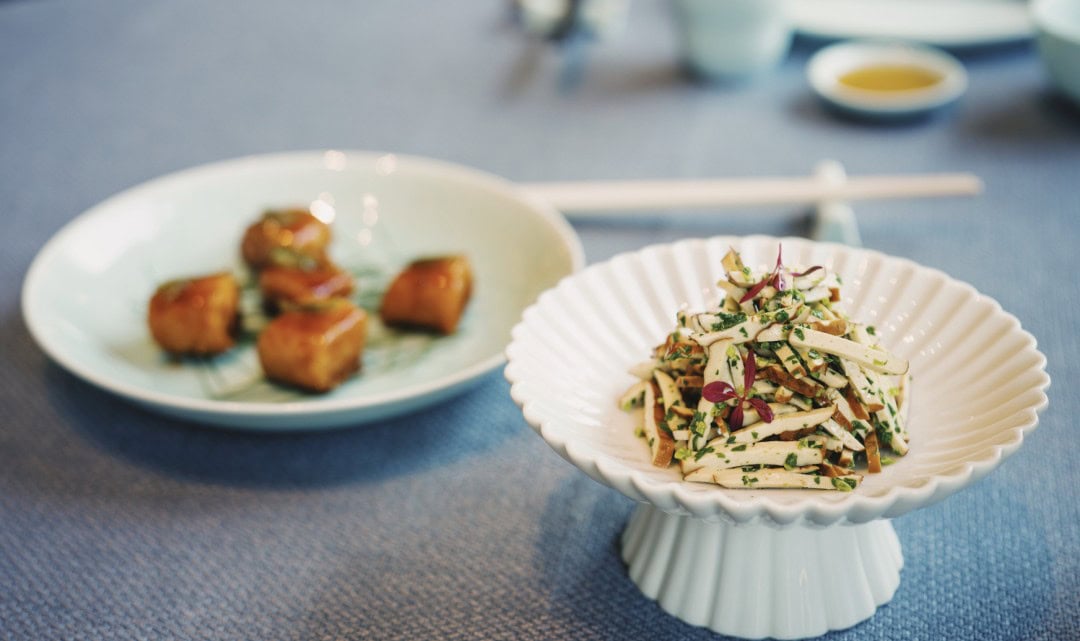
A similar dish is the stir-fried rice cakes with minced toon at Jiangnan Yi. However, Jiangnan Yi doesn’t quite match the impact of the toon with their use of too little toon. Yet, the wok hei (breath of the wok) here is still quite strong. The minced meat elevates the complex plant aroma of the toon with a hint of meat fragrance, greatly whetting one’s appetite. A piece of rice cake wrapped with toon and minced meat is chewy and has a delightful crunch.
Ru Yuan’s stinky tofu in toon sauce is sort of a hidden menu item, a combination of two strong flavors. If you love stinky tofu and toon, this dish is an absolute delicacy. I happen to love both stinky tofu and toon.
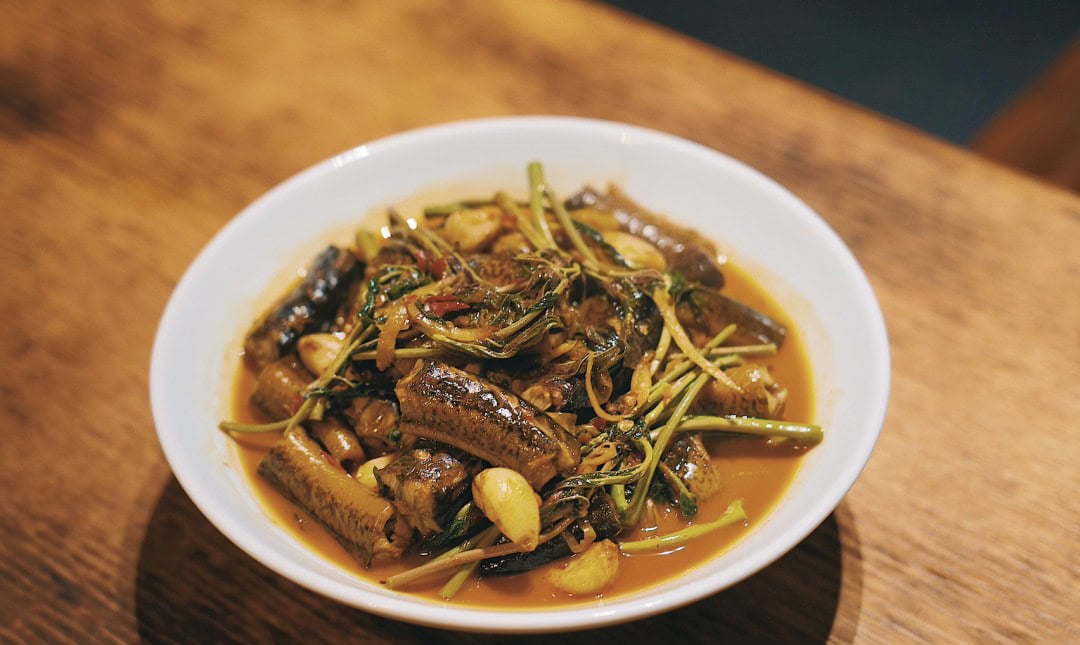
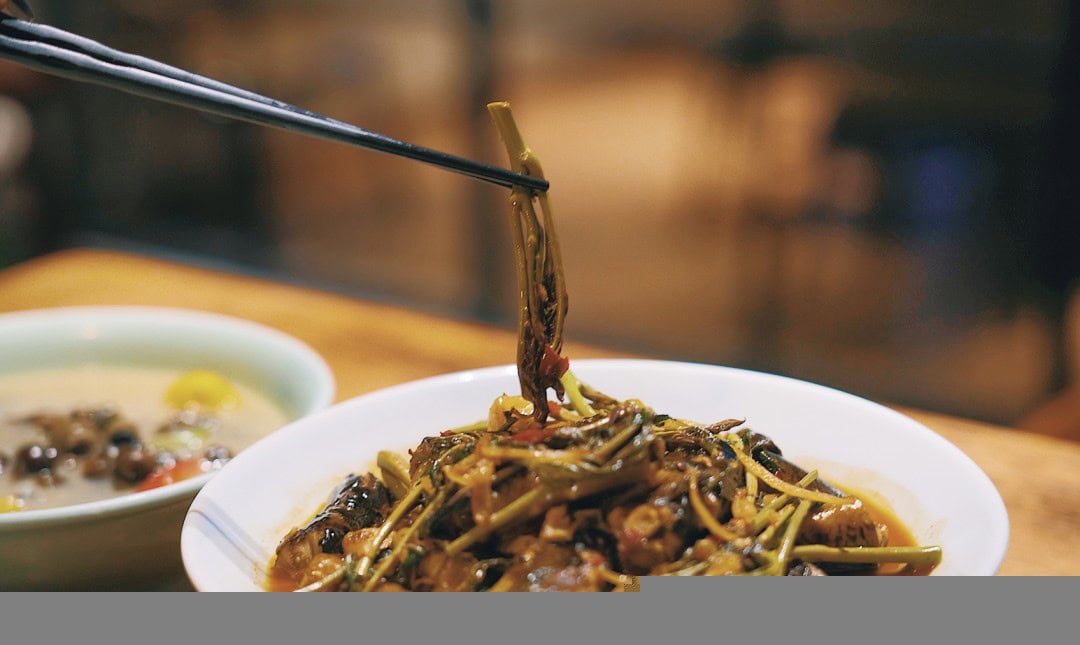
Speaking of Ru Yuan, I truly recommend visiting in spring. This restaurant is nestled within the Hangzhou Botanical Garden, and the scenery there in spring is simply breathtaking.
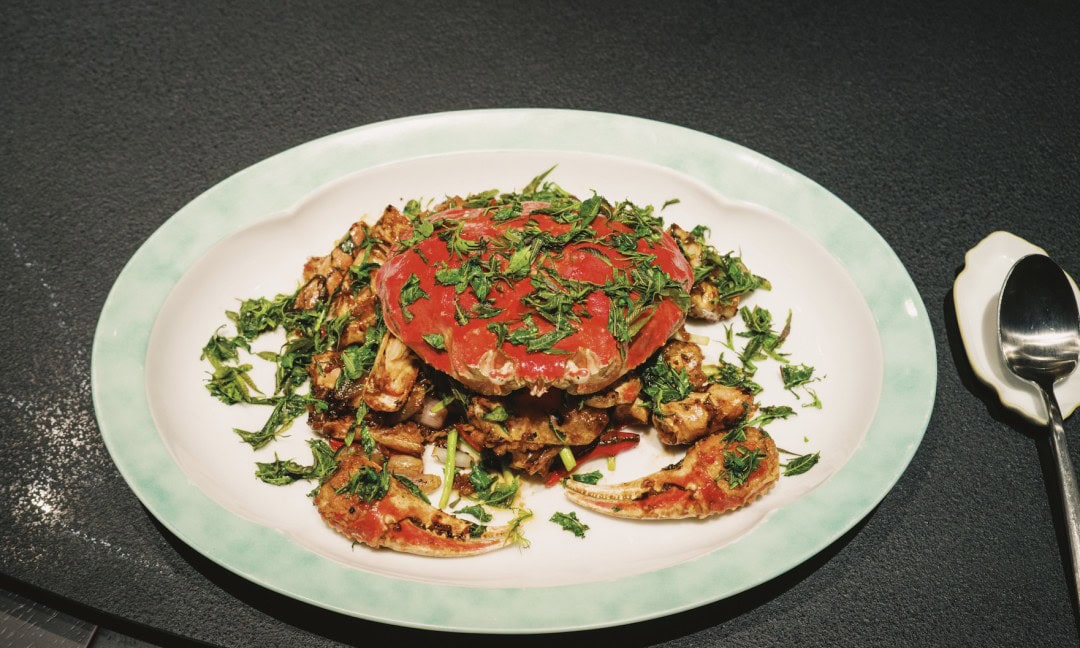
In Hangzhou during spring, don’t miss out on spring bamboo shoots. Spring bamboo shoots are hailed as the “first of mountain treasures,” and this season’s bamboo shoots are delicious and affordable. I recommend the following dishes featuring bamboo shoots at these restaurants:
At Ru Yuan, try the mugwort spring bamboo shoot box. This latest creative dish by Chef Fu forms the bamboo shoots into a half-open, half-closed shape, filled with smoked fingerling fish, lush mugwort, and seasonal bamboo shoots.
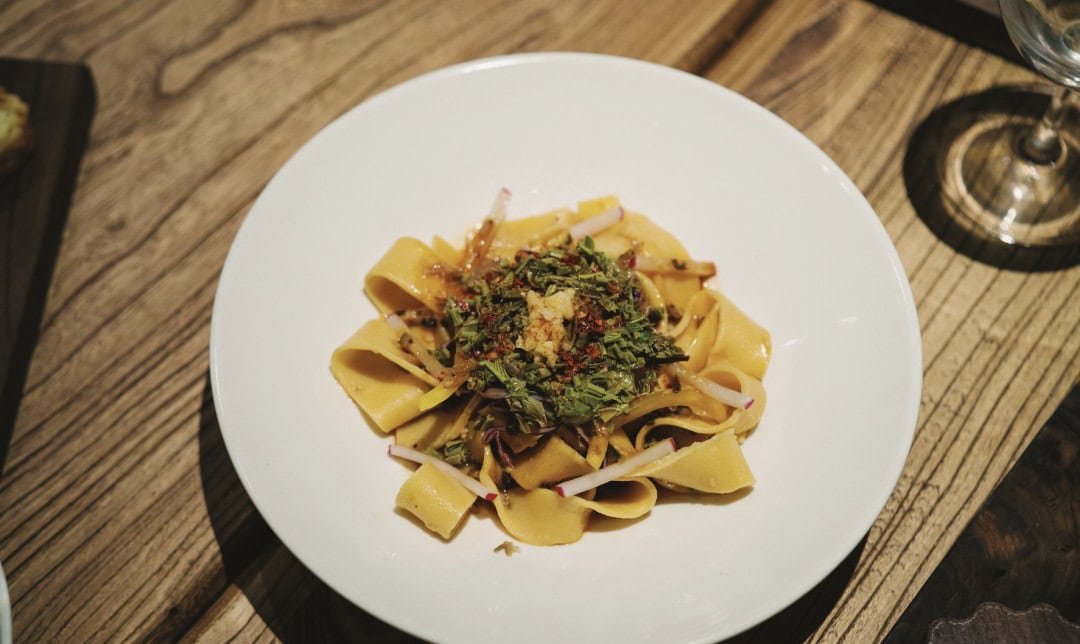
One bite reveals the tender freshness of mugwort intertwined with the crispness of bamboo shoot; the texture has distinct layers. This dish can only be found at Ru Yuan, none of the other establishments have “stolen” it yet.
At Jiangnan Yi, the three-cup spring bamboo shoots are made using the Taiwanese three-cup chicken method, an innovative twist. The slight bitterness of the bamboo shoots collides with the sweetness of the sauce—what a delightful contrast it is!
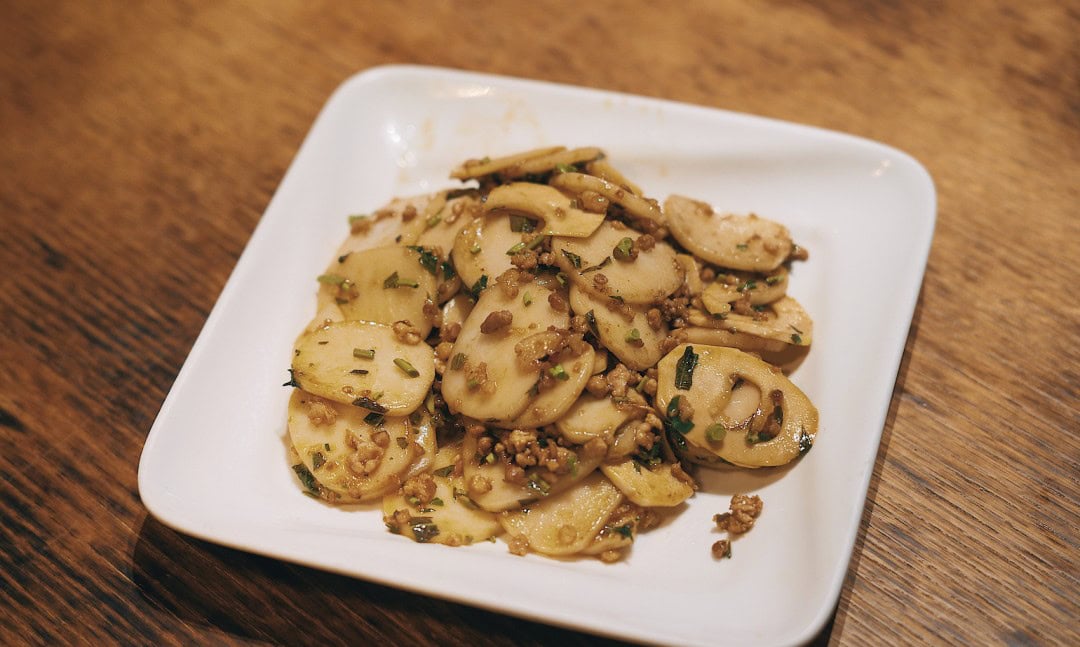
Miniature onions and sweet basil (the green vegetables) are also included. How should I describe the tenderness of spring bamboo shoots? I can only say that spring people of Hangzhou are like pandas—they can’t go a meal without bamboo shoots.
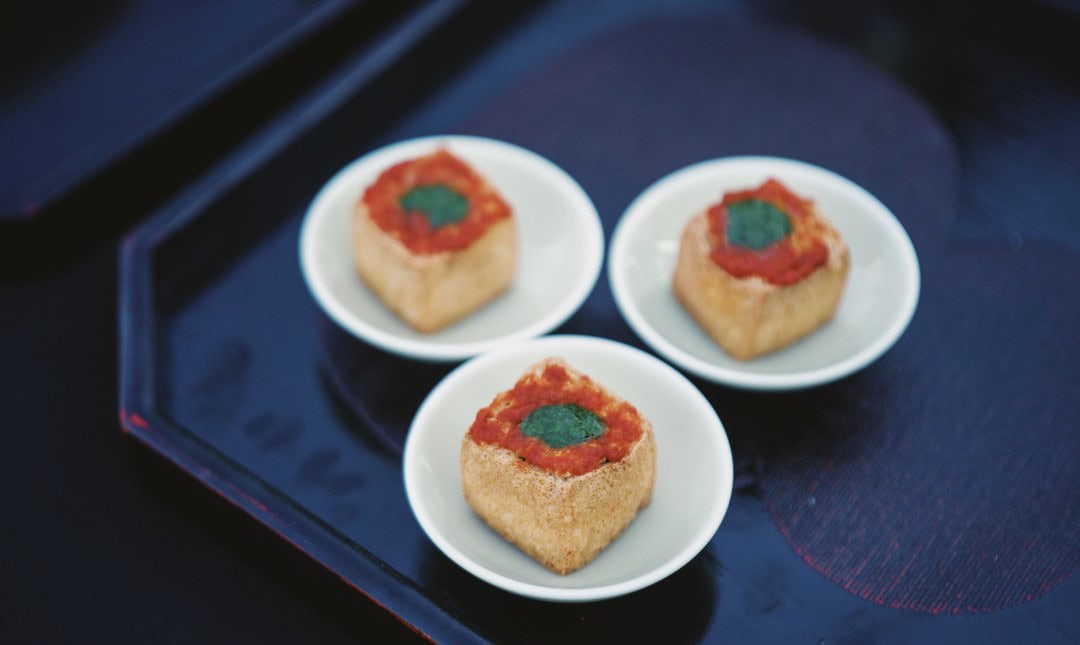
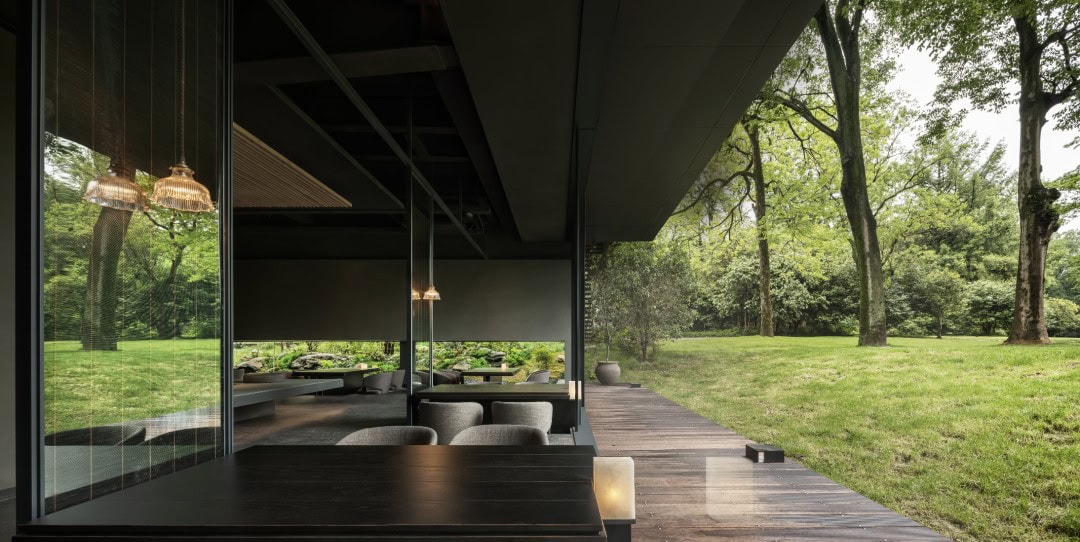

The steamed spring bamboo shoots with Nuodeng salted pork at Lan Xuan perfectly combines the freshness of Jiangnan’s bamboo shoots with the richness of Yunnan’s salted pork. This dish should be eaten with its soup; the broth from the steamed bamboo shoots carries a hint of sweetness.
By the way, springtime at Lan Xuan is also very comfortable. They add some outdoor dining spaces in spring, making it quite suitable for the season.
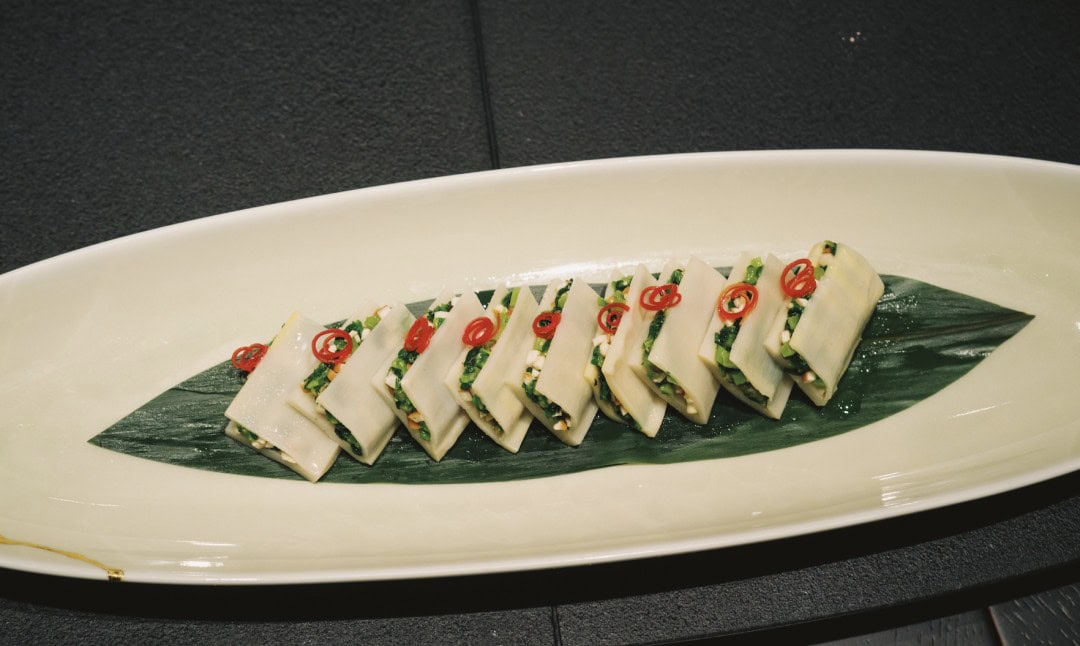
In my personal opinion, the top spring bamboo shoot dishes are the organic spring bamboo shoot tips at Ban Leng Xixi and Ru Yuan’s famous braised pork belly [spring]. The organic spring bamboo shoot tips dish uses about 25 organic bamboo shoots, handpicked in the morning dew, served by noon (Ban Leng has its own organic farm). They carefully select only the freshest tips of the bamboo shoots, and then, using Hangzhou’s technique of rich and thick sauce, they stir-fry up a delightful oily dish of bamboo shoots. It’s the utmost freshness of spring flavor and tenderness.
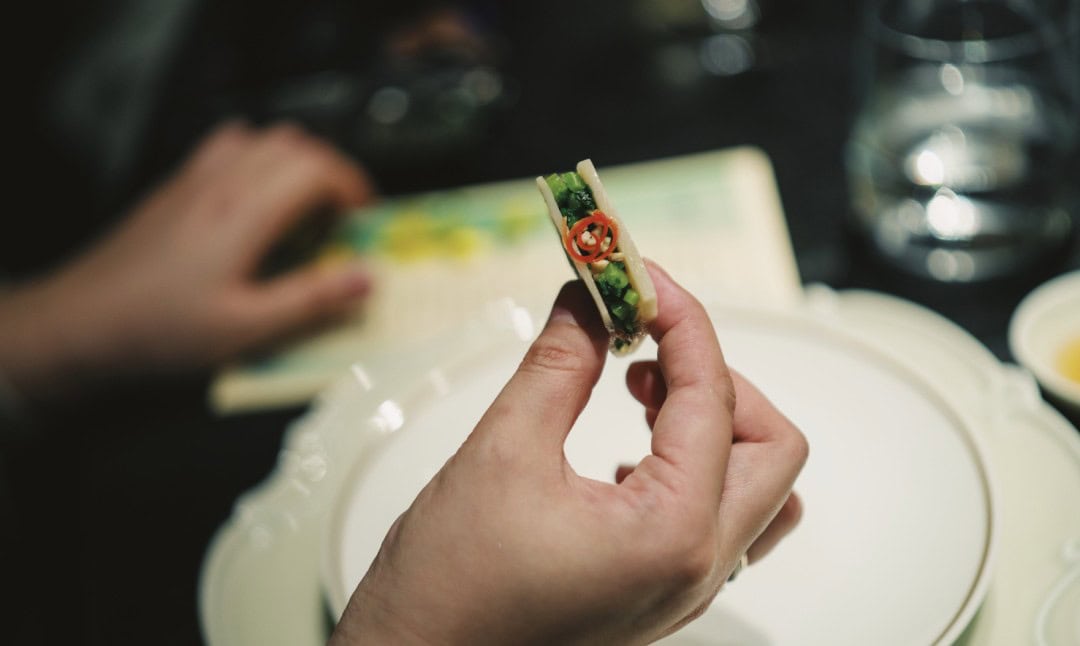
The quality of ingredients is unmatched, and its freshness sets it apart from any other restaurant. The critical aspect of this dish is its generosity; it takes only a scoop from the vast river of flavors. The remaining part isn’t wasted either; the middle section is used to make a preserved meat dish, and the skin of the bamboo shoot is transformed into dried bamboo shoot skins.
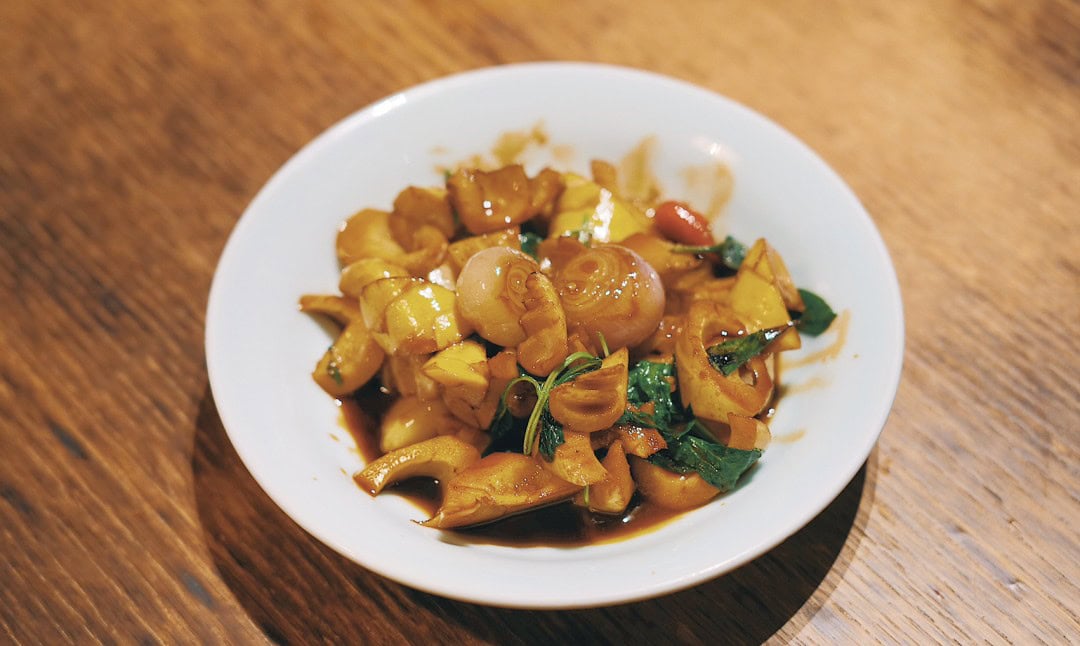
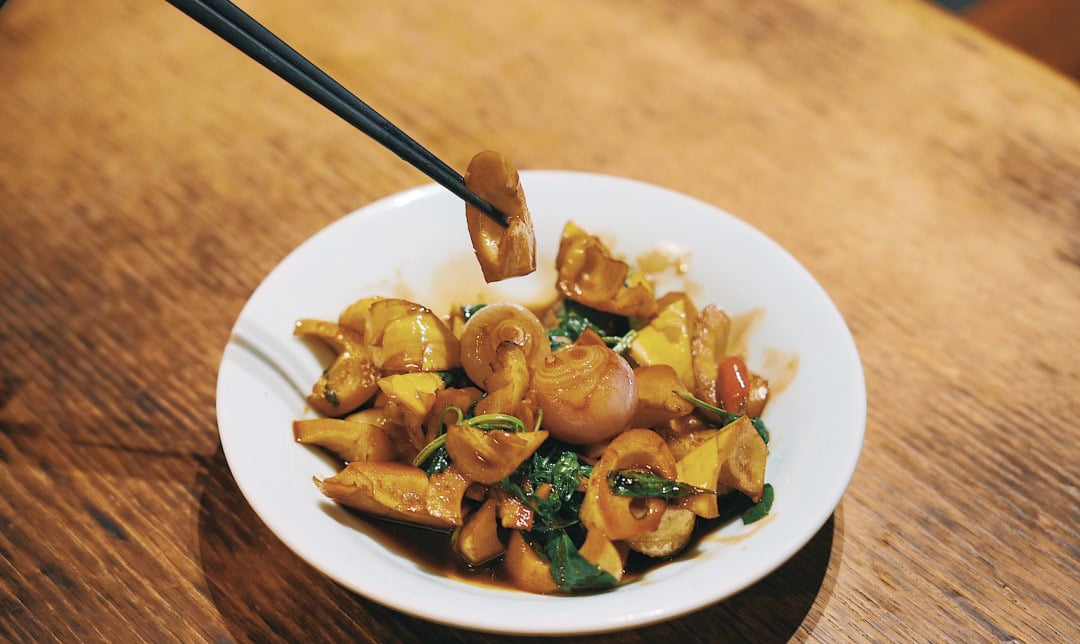
The famous braised pork belly was initially popularized by Chef Fu Yueliang, who was the head chef at Hyatt Regency Hangzhou 28 and has won the three-year honor of Asia’s Best 50 Restaurants. The accolades of Best 50 carry more weight than Michelin or Black Pearl awards. Now, Chef Fu has modified this dish into a small portion for one person and introduces different versions for each season. The highlight of this spring version of braised pork belly lies in “the winter passes, and spring arrives.” This new rendition features dried bamboo shoots on the bottom, absorbing the essence of time, pairing delightfully with the pork belly to cut the greasiness.
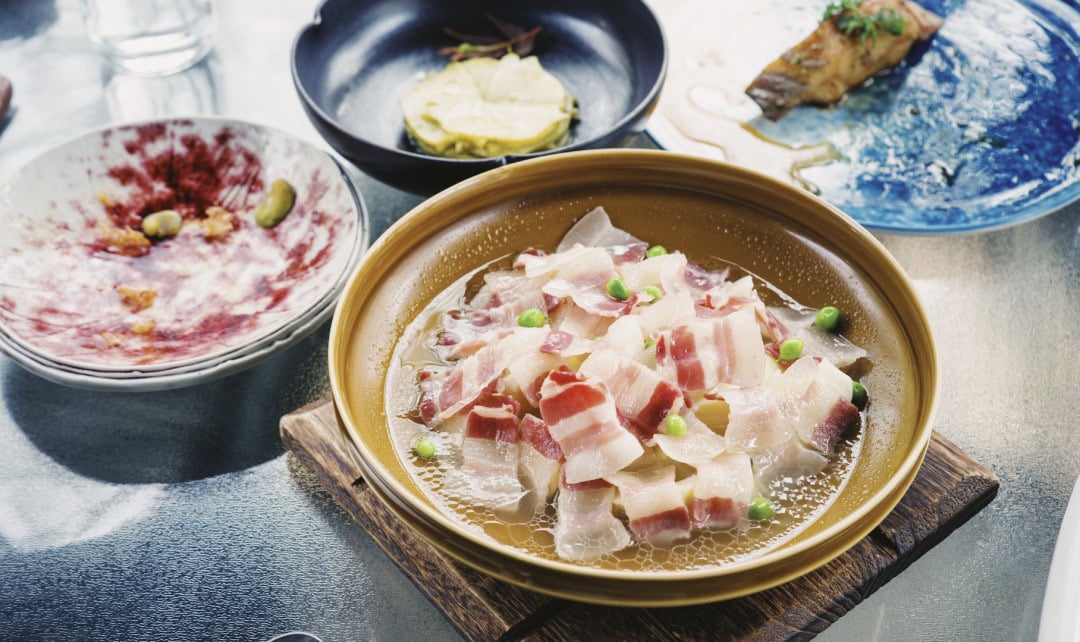
Alongside is the pure white decoration of spring bamboo shoots, marinated in pickled chili—shaped to resemble the dish itself. The inspiration comes from traditional Hangzhou dishes, such as the orchid spring bamboo shoots.
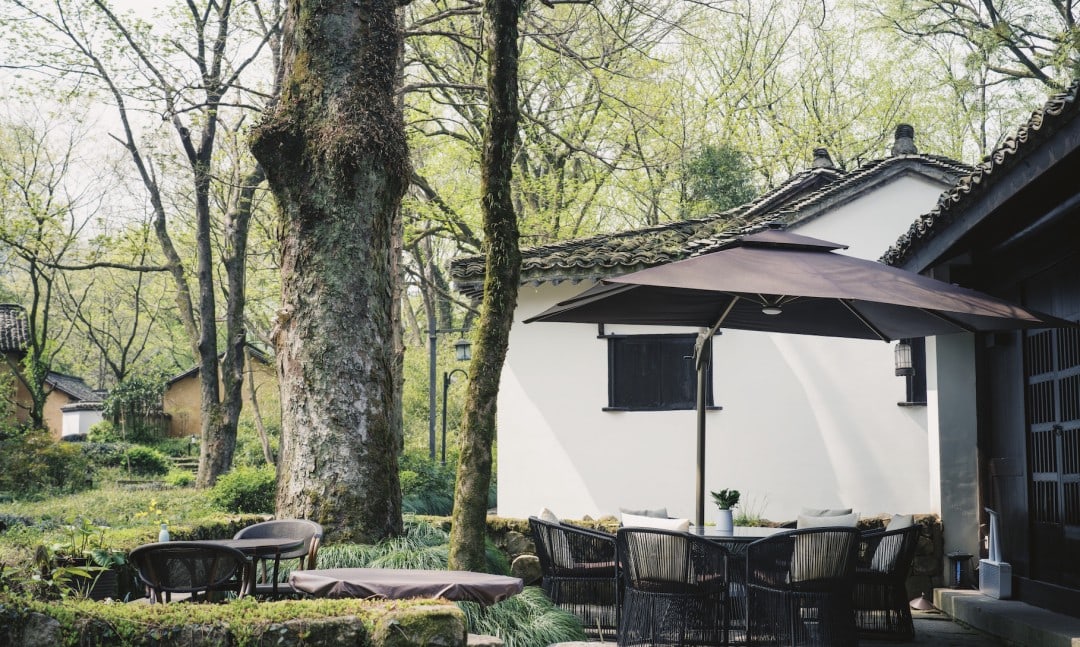
Spring bamboo shoots are also suitable for making preserved meat dish, and for that, I highly recommend Lan Xuan. Cooking preserved meat dish isn’t easy to do at home since only a restaurant can simmer a big pot of broth, yielding richer flavors. Lan Xuan uses spring water to make their preserved meat dish, incorporating veggie balls and salted pork to enhance each other’s flavors, creating an incredibly fresh taste.
Lan Xuan’s preserved meat dish can be served in smaller portions, whether for one or two people, making it manageable. Most other restaurants’ preserved meat dishes come in large sizes that often lead to customers being unable to finish them.
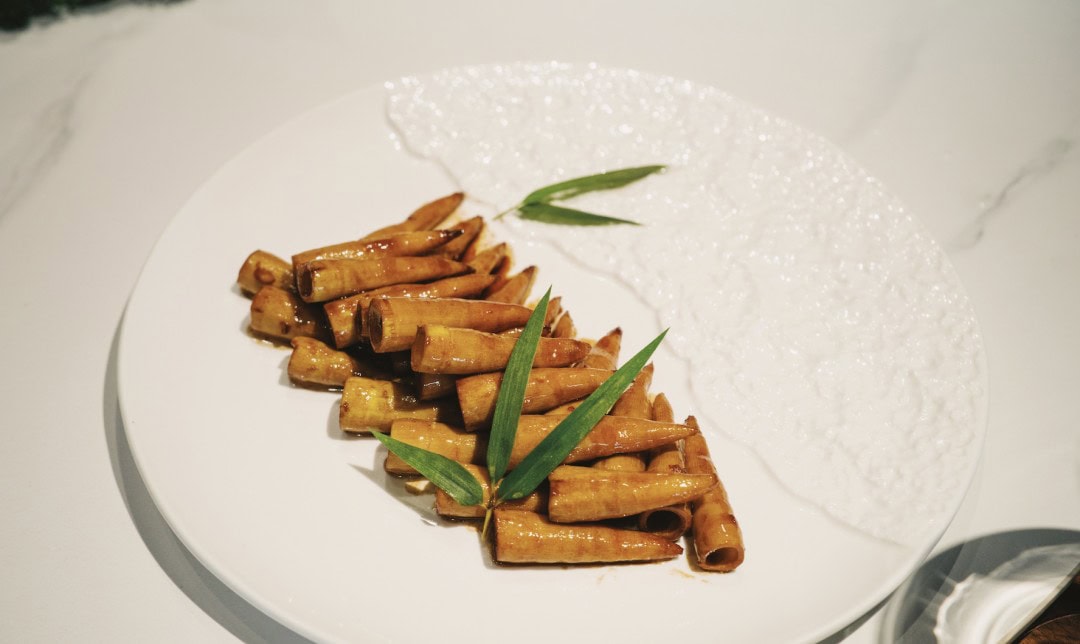
Nanshan Renjia offers preserved meat dish with river clams, which is also a seasonal delicacy that excels in freshness.
This season’s most creative preserved meat dish I might mention is the side-wood fresh paper-skin soup dumplings from Ru Yuan, where the essence of the preserved meat dish is transformed into the soup within the dumpling, using Hangzhou’s local ingredients with Huaiyang cooking methods—it’s incredibly interesting.
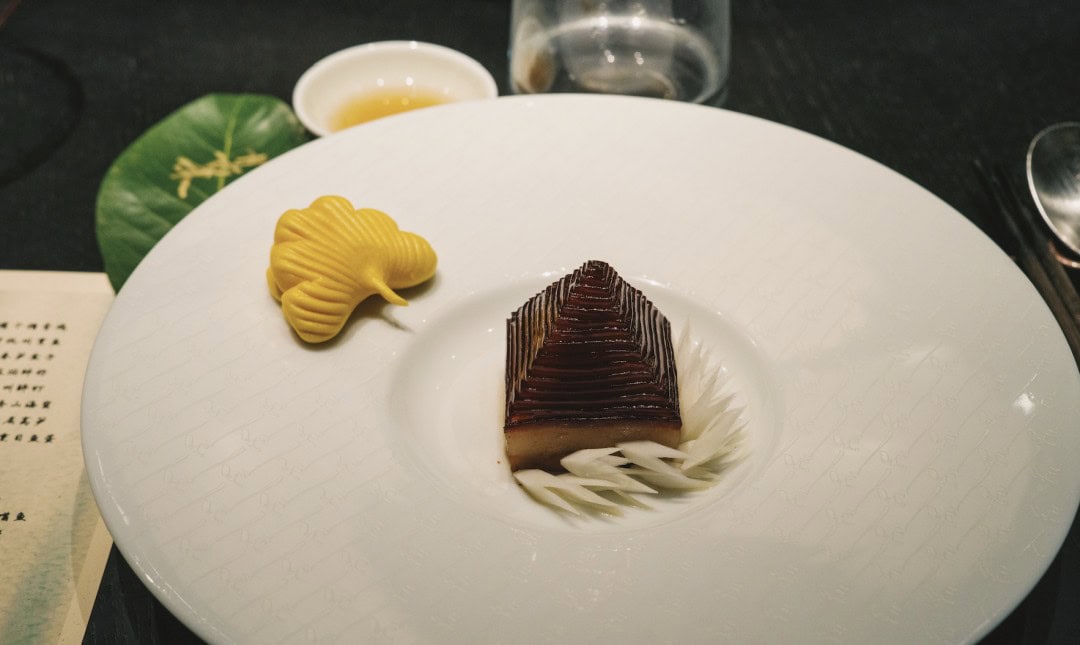
Spring dishes in Hangzhou also include broad beans, peas, malan heads, and shepherd’s purse… I managed to find several delicious dishes from various good restaurants.
La Gauche Eatery and Wine offers a broad bean and ham mushroom sandwich, which is the most spring-like sandwich I’ve had this season—richly salty and satisfying in every bite. I recommend going for lunch since one dish is quite filling. Also, it’s best to eat it early as it will soon be off the menu.
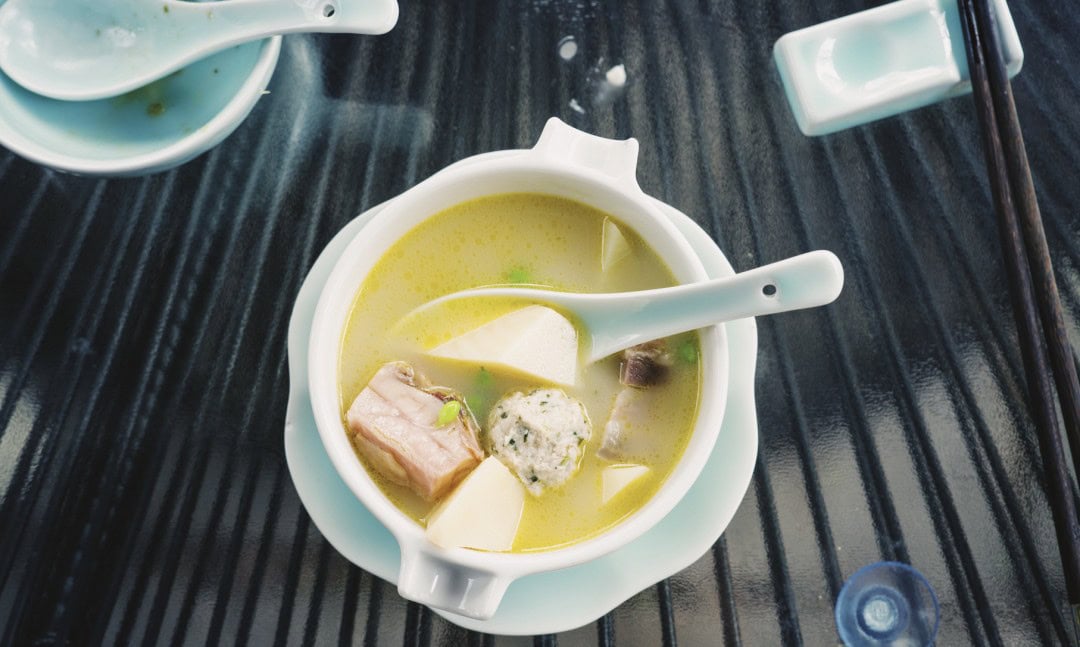
Lan Xuan has two interesting broad bean dishes. One is crispy fried broad beans with snow mushrooms, boasting a crunchy texture. They fry the broad beans along with the mushrooms and drizzle a bit of secret spicy oil to enhance the aroma. I ended up devouring a whole bowl as a snack.
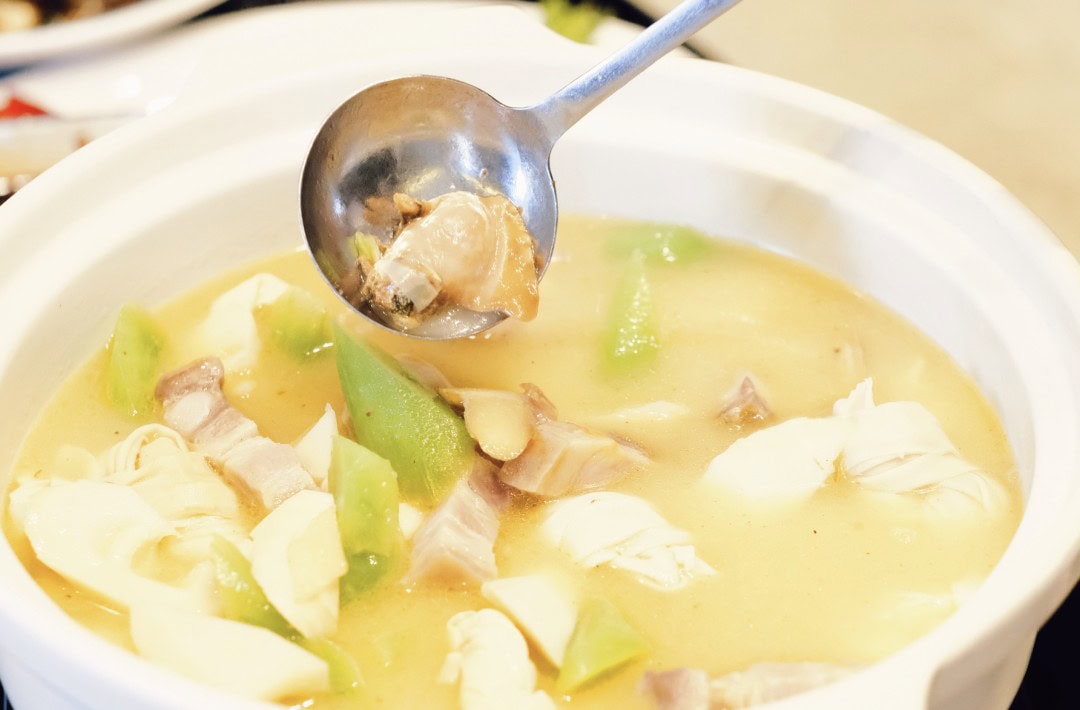
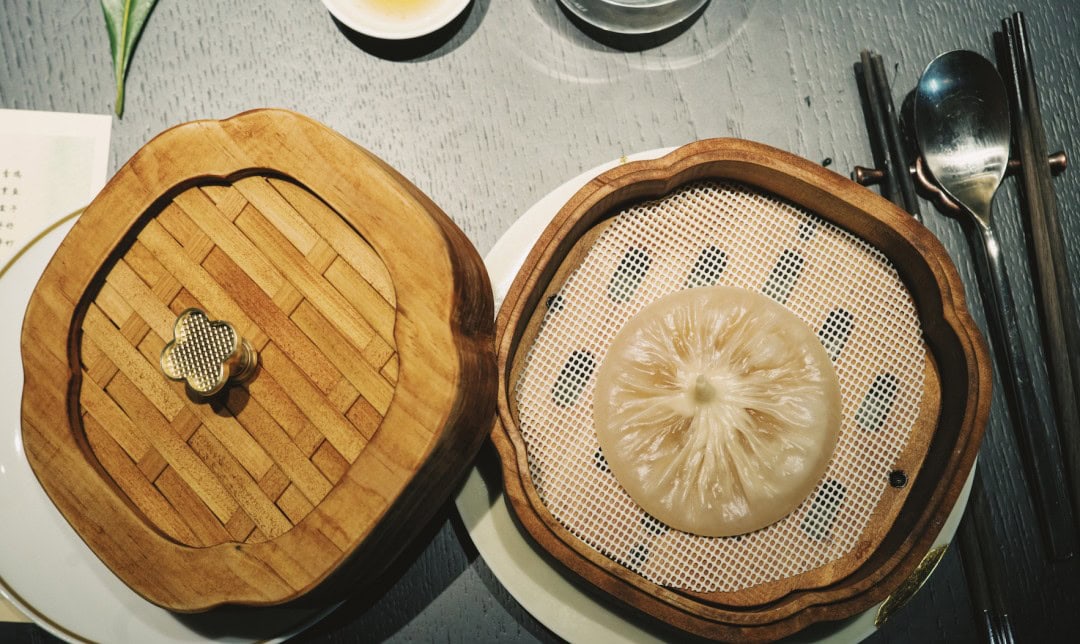
The other is fragrant and delicious broad bean sticky rice with salted pork—a soft, sticky, and flavorful dish that is very delightful.
Ru Yuan offers a dish of salted pea meal rice. This dish is quintessentially Hangzhou; many longtime Hangzhou residents refer to “meal with items” as this dish. The spring salted rice has the taste of sunshine, and when steamed with peas and glutinous rice, simple ingredients elevate each other, resulting in a tender and savory flavor that is unforgettable. I couldn’t help but take several photos.
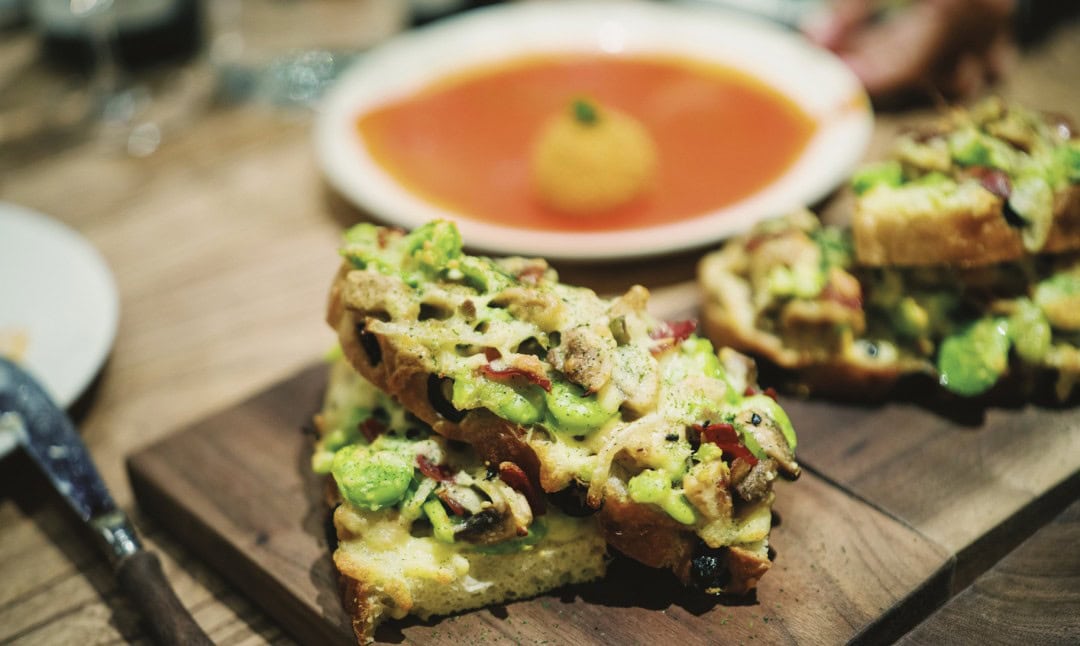
Ban Leng Xixi’s spring stone pot baked rice is also an incredibly spring-like dish, featuring exclusive Xinjiang rice, complemented with spring bamboo shoots, lilies, peas, and salted pork, all creating an aromatic bliss once served up.
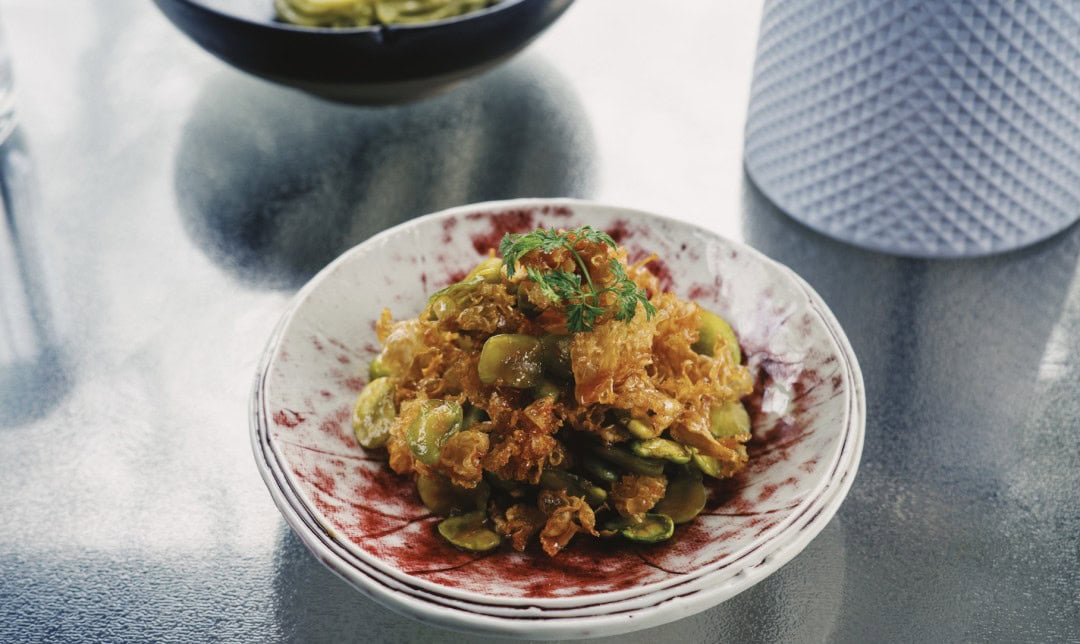
If you want to eat malan heads, I recommend the spring pancakes from Yueji, made with malan head and dried tofu, rolled up in spring pancakes—each bite is truly refreshing.
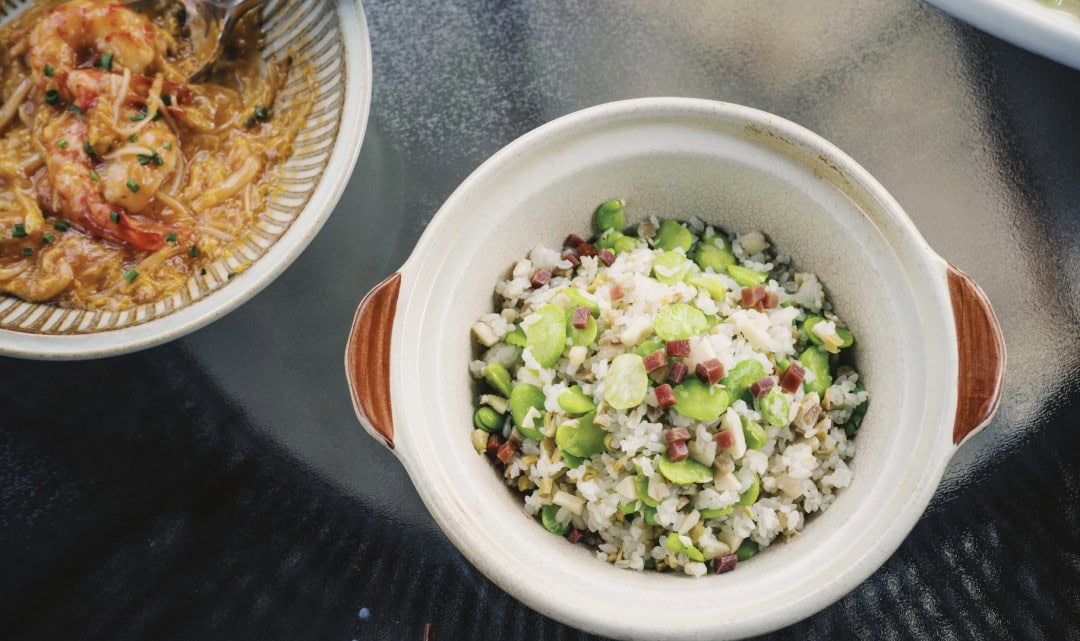
Yueji has become one of my recent favorites; they specialize in Shaoxing cuisine, providing a better environment and tastier dishes compared to Xiaodianchi (which could also just be me growing tired of the old).
The prices are quite similar.
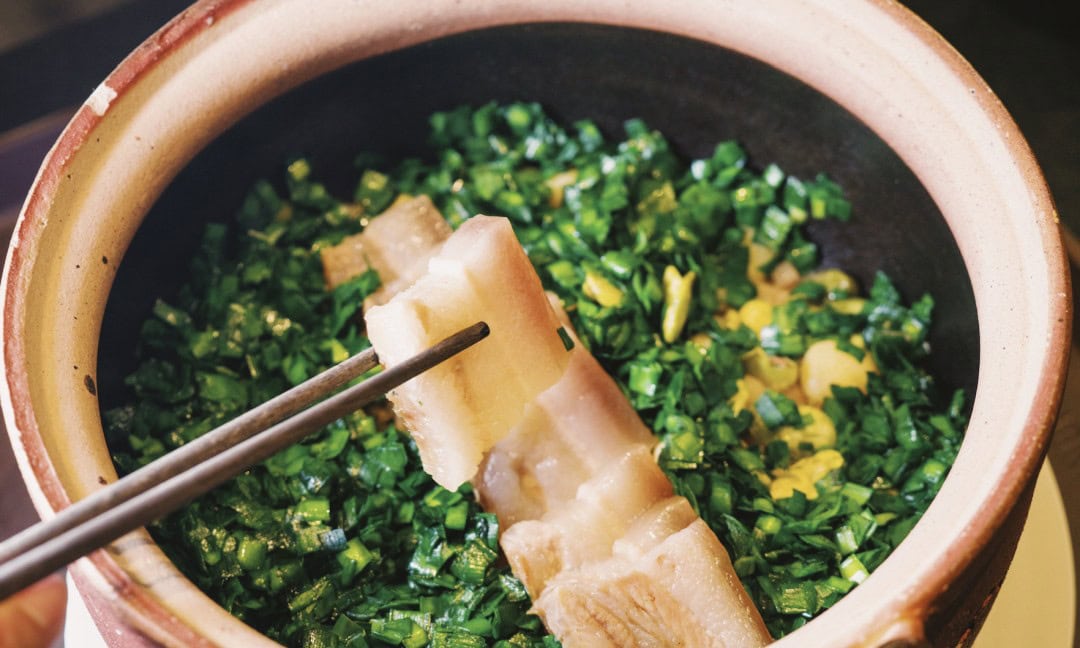
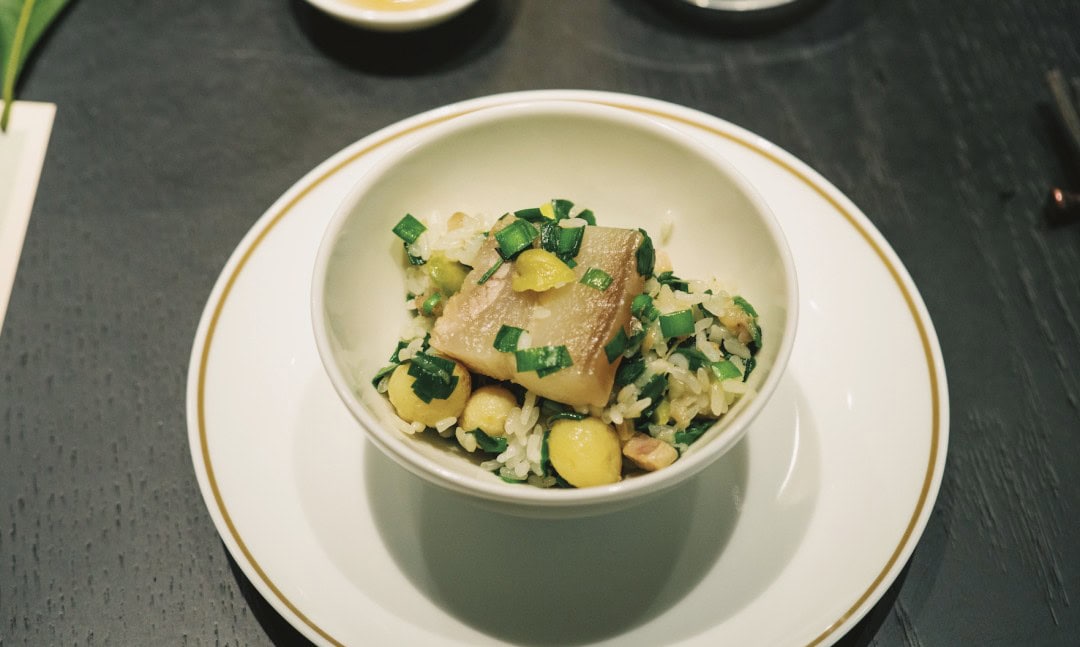
Of course, Nanshan Renjia’s shepherd’s purse spring rolls are a must-try—crispy and fragrant, impossible to stop at just one.
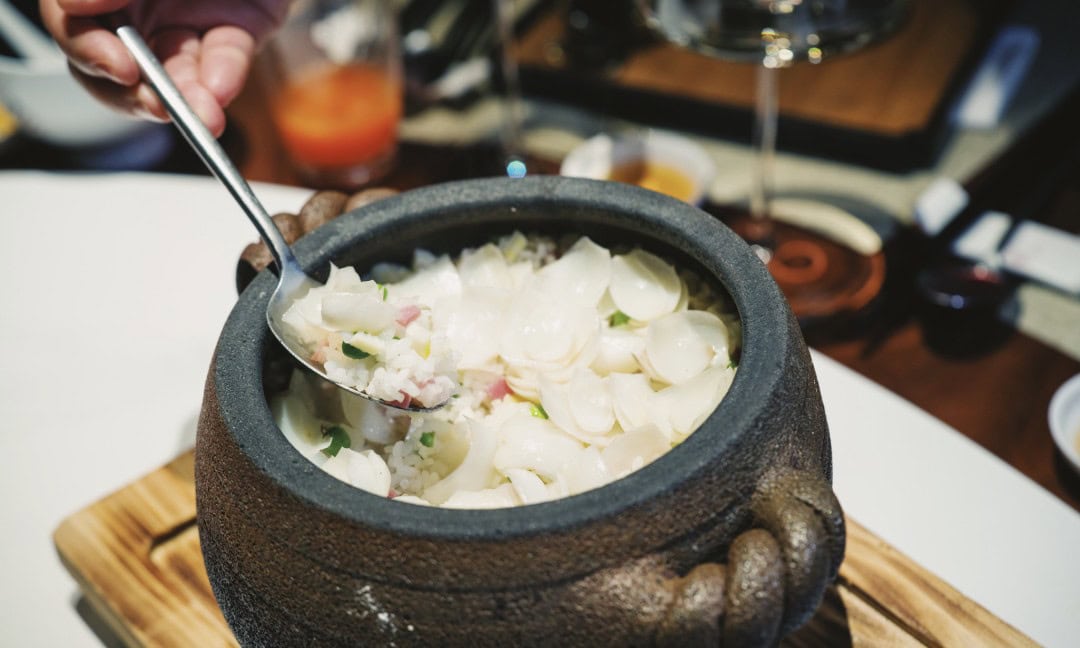
The spring cuisine in Hangzhou isn’t just limited to vegetables; river fish and seafood are also prominent offerings. The most precious river delicacy in spring is the snail, followed by the Zhe fish. As the saying goes, “The snails before Qingming are the best,” meaning the snails before Qingming Festival have a delicate texture and have fattened up over the winter. Importantly, those snails have yet to spawn, so you’re not likely to encounter any hard little shells inside.
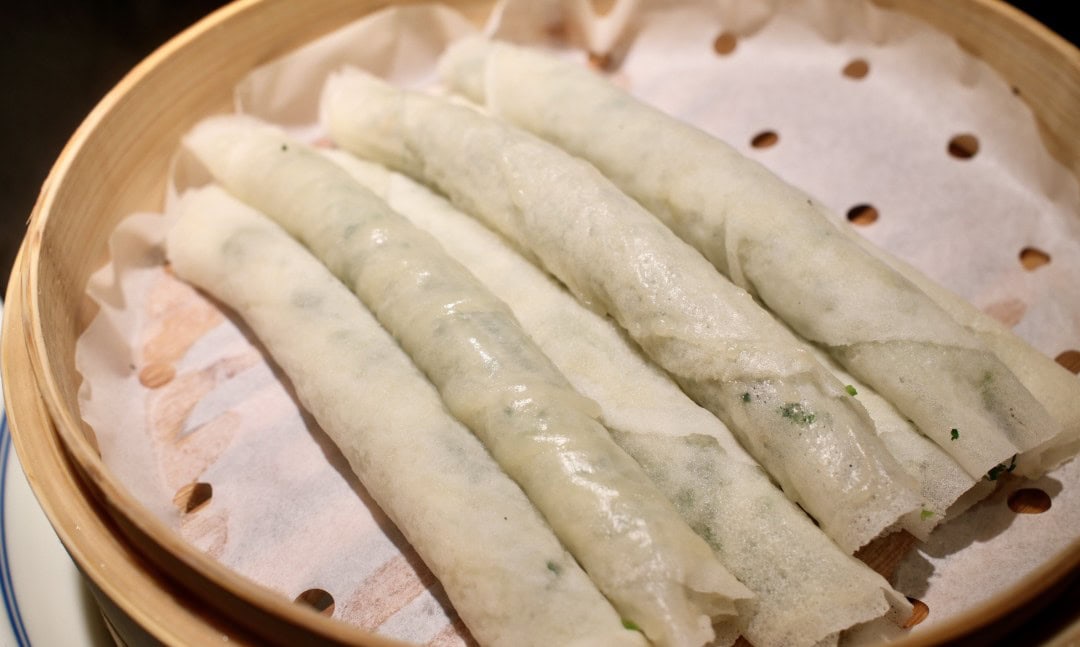
In Hangzhou, you must eat snail dishes.
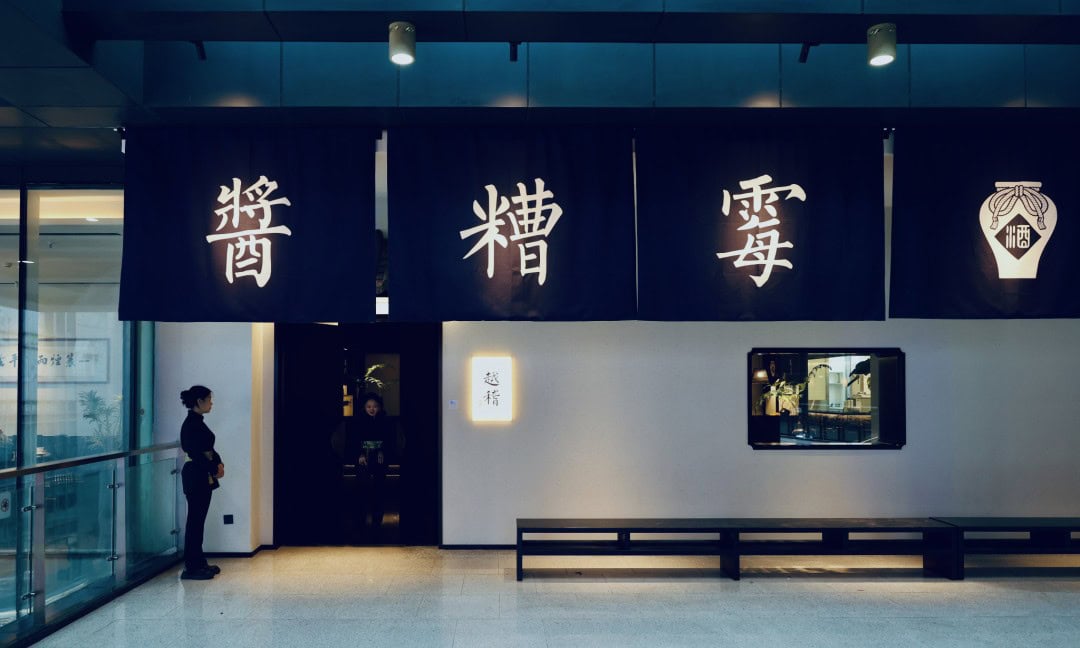
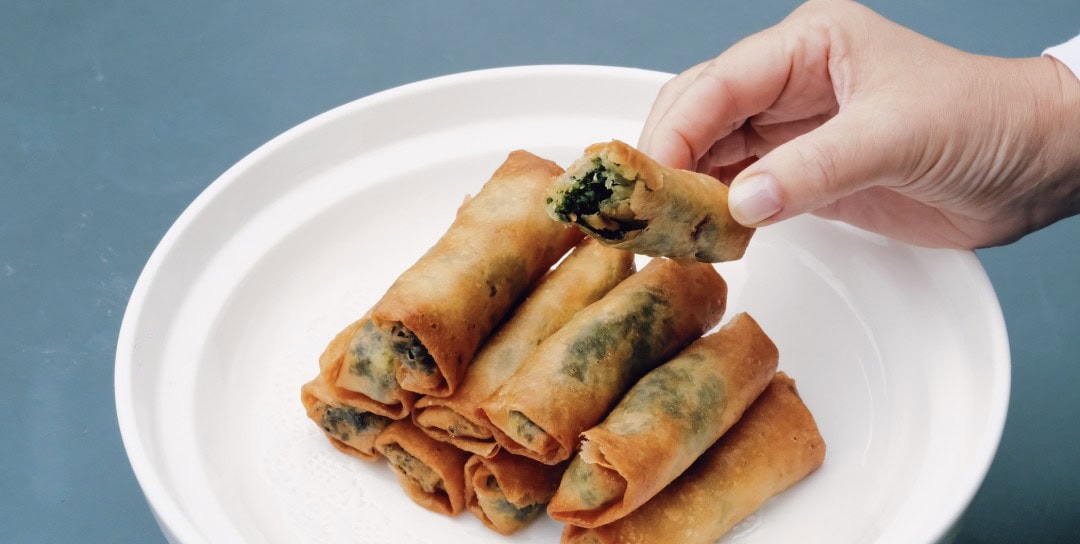
Jiangnan Yi offers a soup of snails, prepared without heavy frying but boiled in broth. The broth is similar to that used in preserved meat dishes, creamy and rich. One sip reveals mild spiciness, with green chili, pickled chili, spring bamboo shoots, and slices of ginger in the mix. The snails soak up the spicy broth, bursting with flavor and devoid of any grit. It’s a delightful but labor-intensive dish.
Nanshan Renjia’s sauced stir-fried snails can also pack a punch. The snails are first stir-fried at high heat and then slow-cooked to reduce the sauce, offering a rich aroma when served. This dish is limited daily at Nanshan Renjia—arrive too late, and you might miss out.
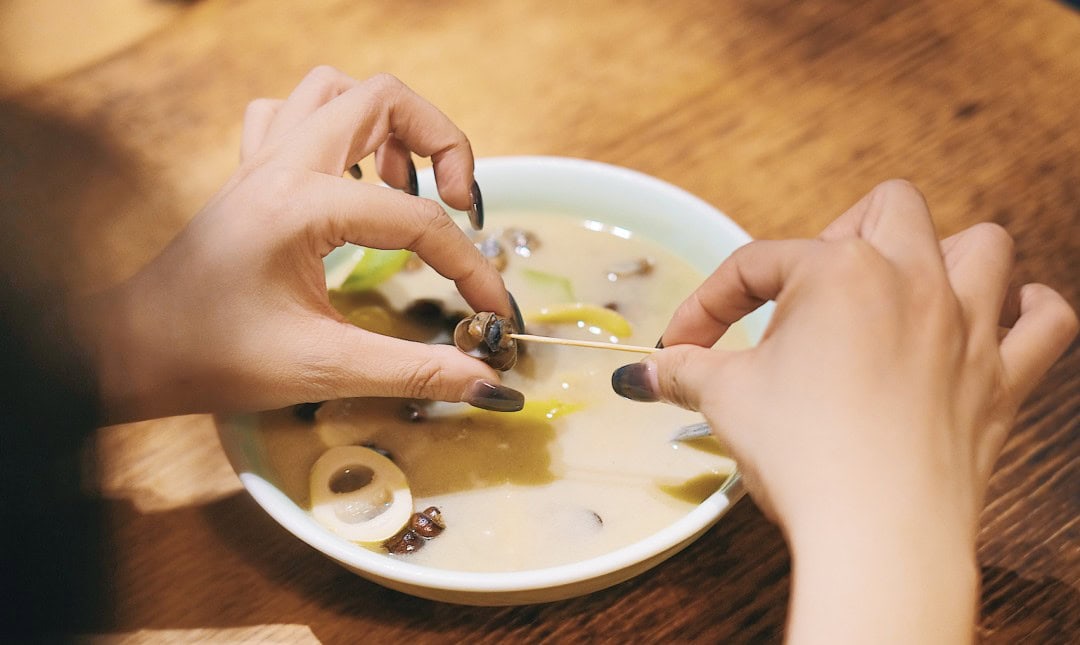
Yueji offers a Shaoxing-style red-braised snail, distinguished by using local mother’s soy sauce that imparts a richer soy flavor and depth.
When it comes to the Zhe fish, I recommend the snow vegetable spring bamboo shoot Zhe fish from Fuyuanju, which combines the finest treasures of the mountain and lake into a harmonious dish.
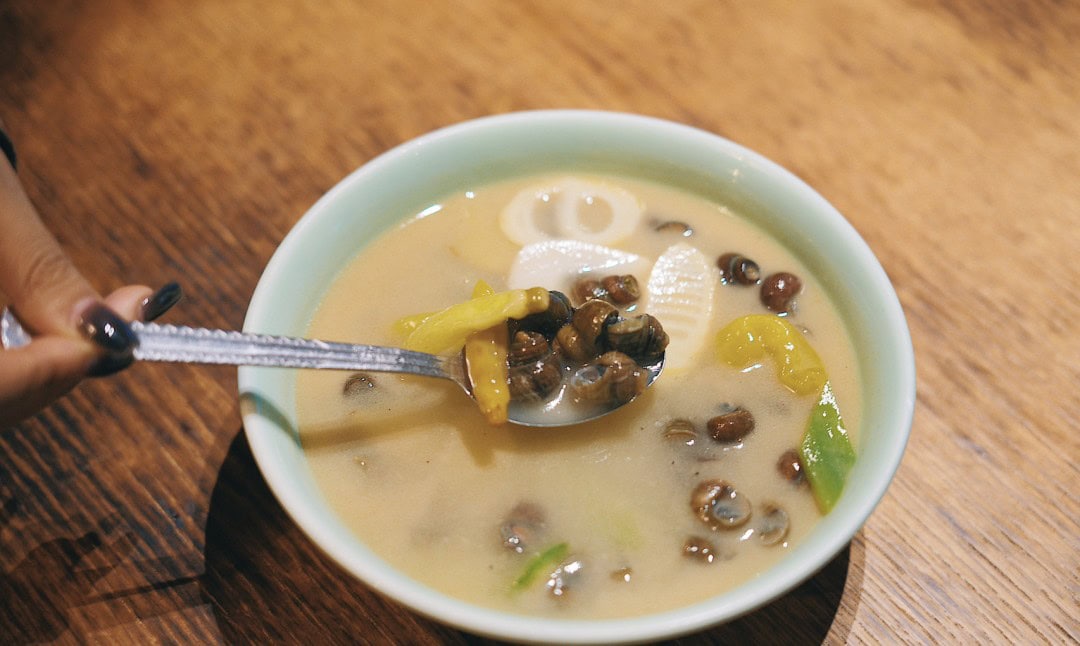
The spring bamboo shoots are at their freshest, and the Zhe fish is also exceptionally fatty at this time, boiled in a broth made with pickled snow veggies—it’s simply delicious. Surprisingly, the snow veggies taste fresher than the fish.
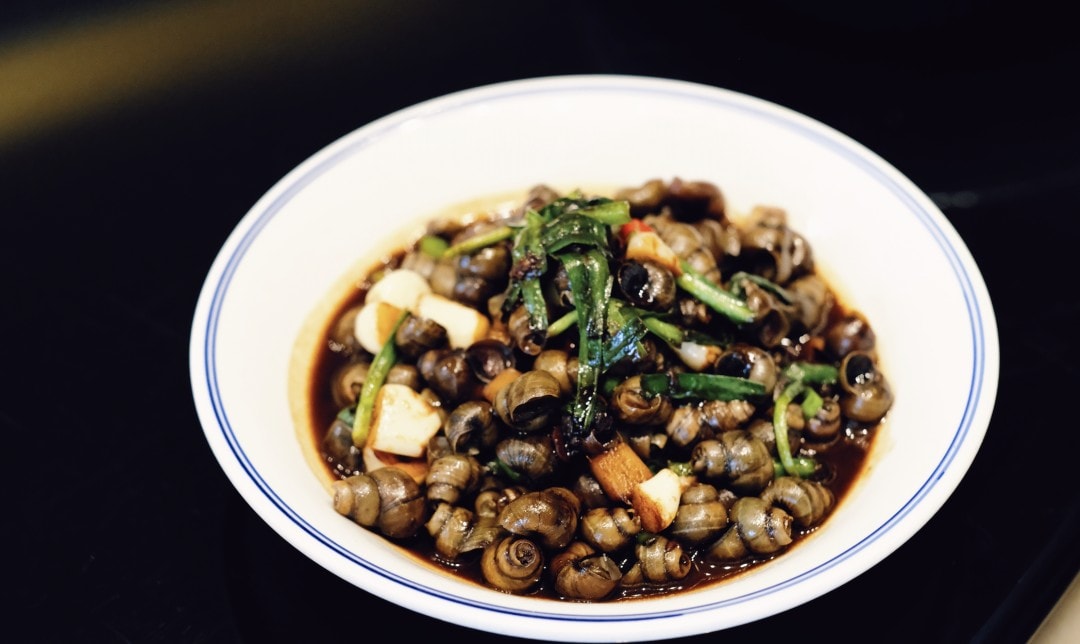
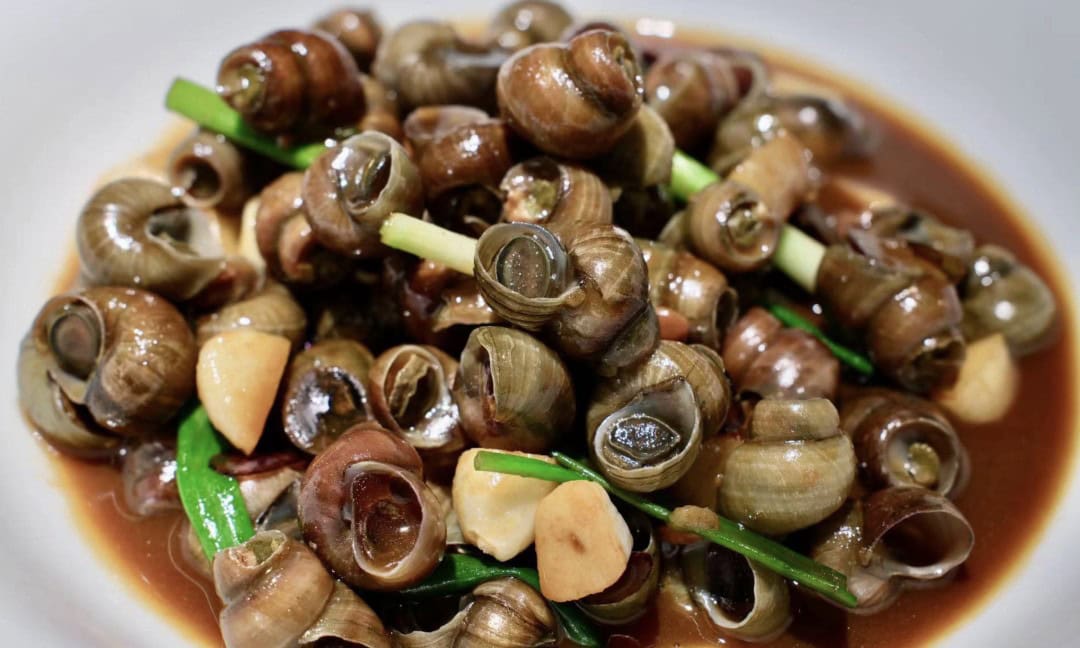
Yueji features a unique dish of Zhe fish preparing stinky tofu, calling it an innovative blend of stink and freshness—a delightful yet challenging combination with the tenderness of Zhe fish making this dish truly memorable.
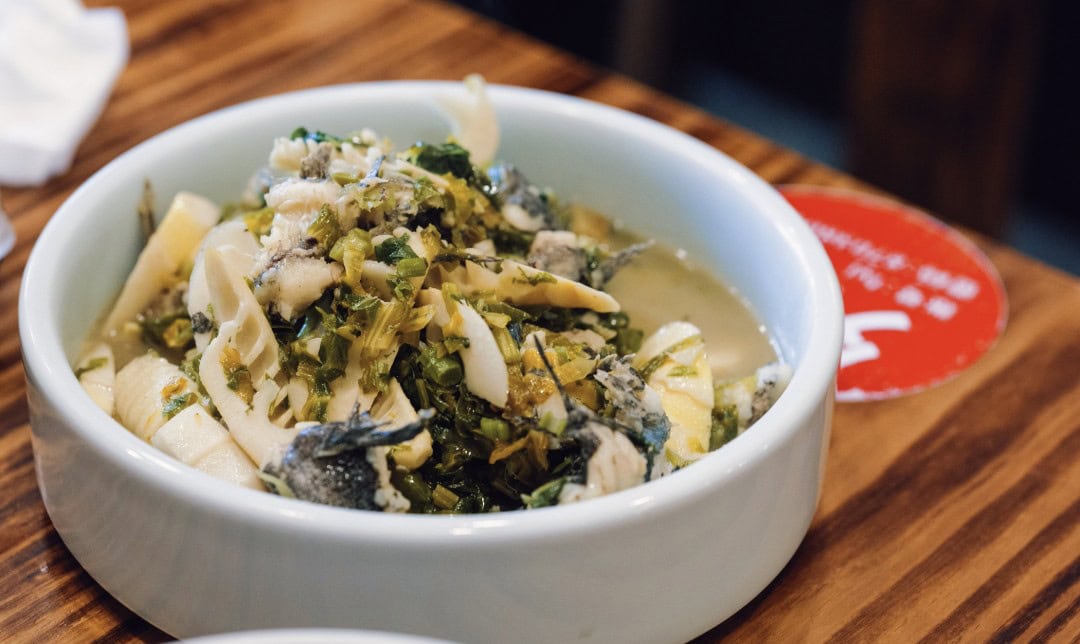
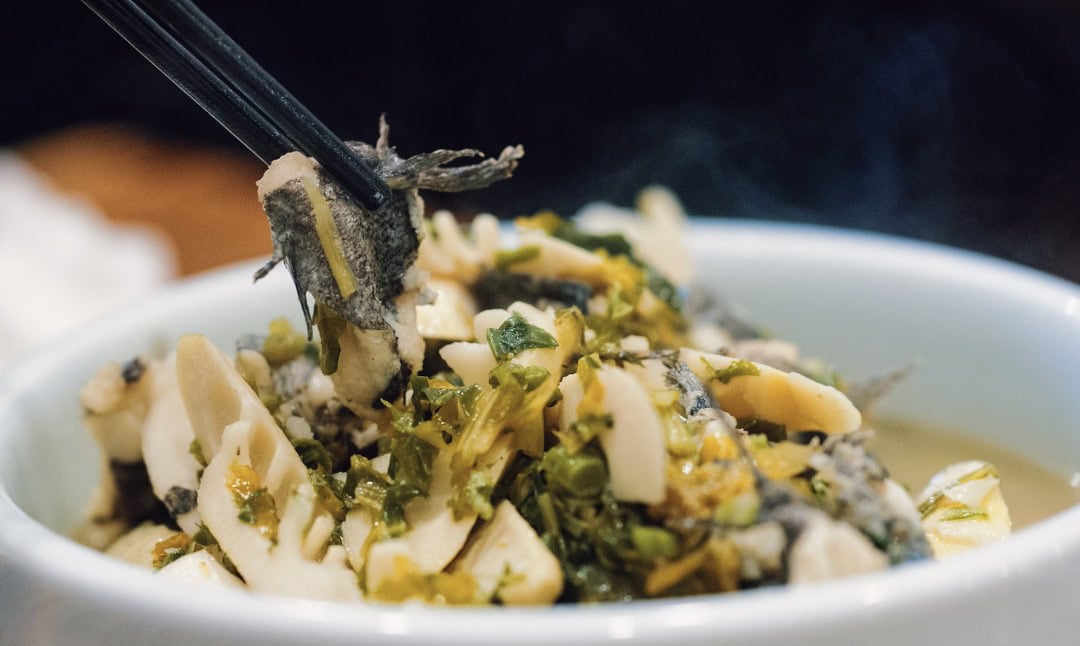
At Meng Hangzhou’s Datang Long Feast, there’s a fish roe soup dumpling, made in a home-cooked style, fragrant and flavorful without any fishiness—this is a favorite for rice lovers. Fish roe dumplings are a spring delicacy, as this is the only season to enjoy their freshness, making this dish a seasonal treat.
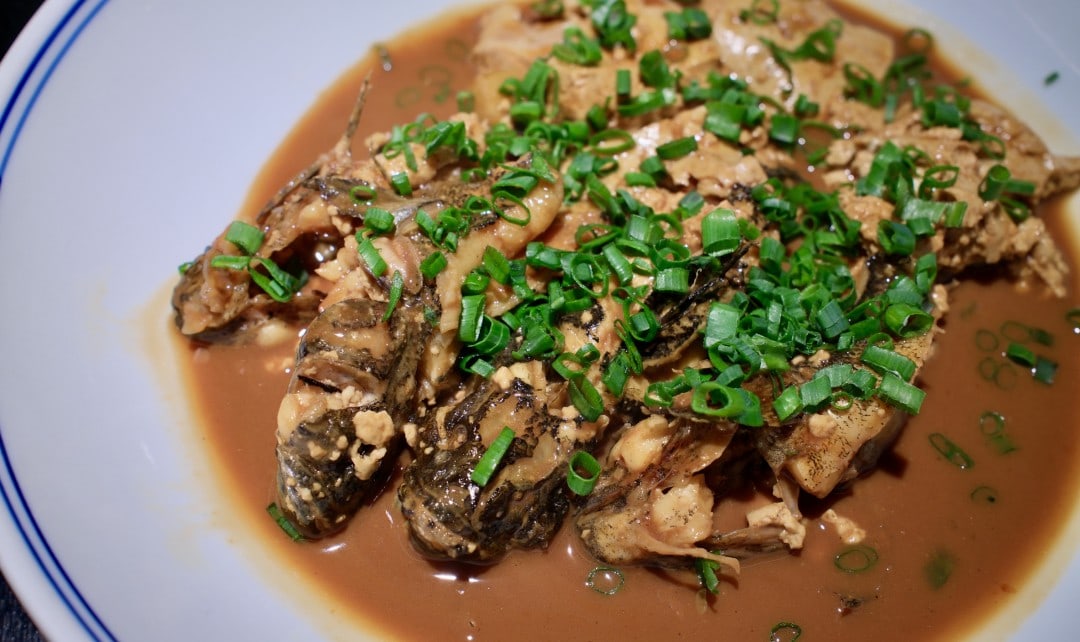
Also, Longjing shrimp is best enjoyed right now. Before mid-March, fresh Longjing tea wasn’t available, so only tea powder or old tea could be used. Now that fresh longjing is on the market, adding it to this dish brings it to life! The Longjing shrimp from Jinsating, Ziwei Hall, and Ru Yuan showcases the authentic flavors of Hangzhou.
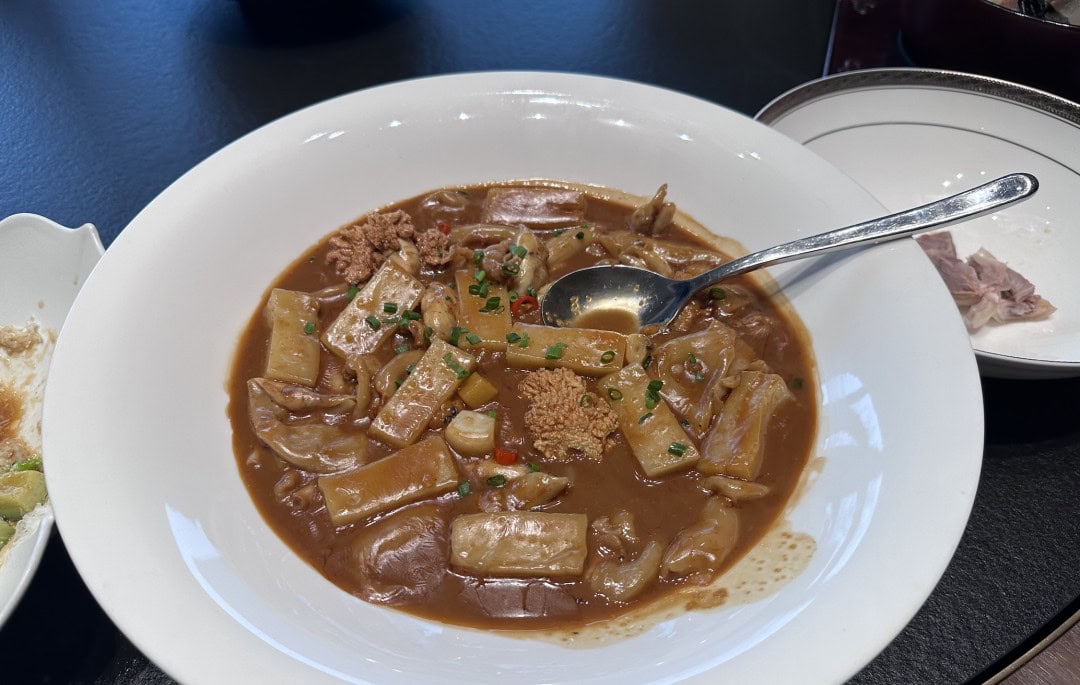
Don’t forget to enjoy the river’s fresh offerings in spring, especially at Ru Yuan. The pan-seared crooked mouth fish seasoned with oil and salt is another dish that can’t be found in other restaurants, presenting the freshest flavor in the simplest manner. The entire fish is deboned, which is no easy task with crooked mouth fish, known for its many bones, so it’s delightful to eat without the hassle of getting bones caught in your throat.
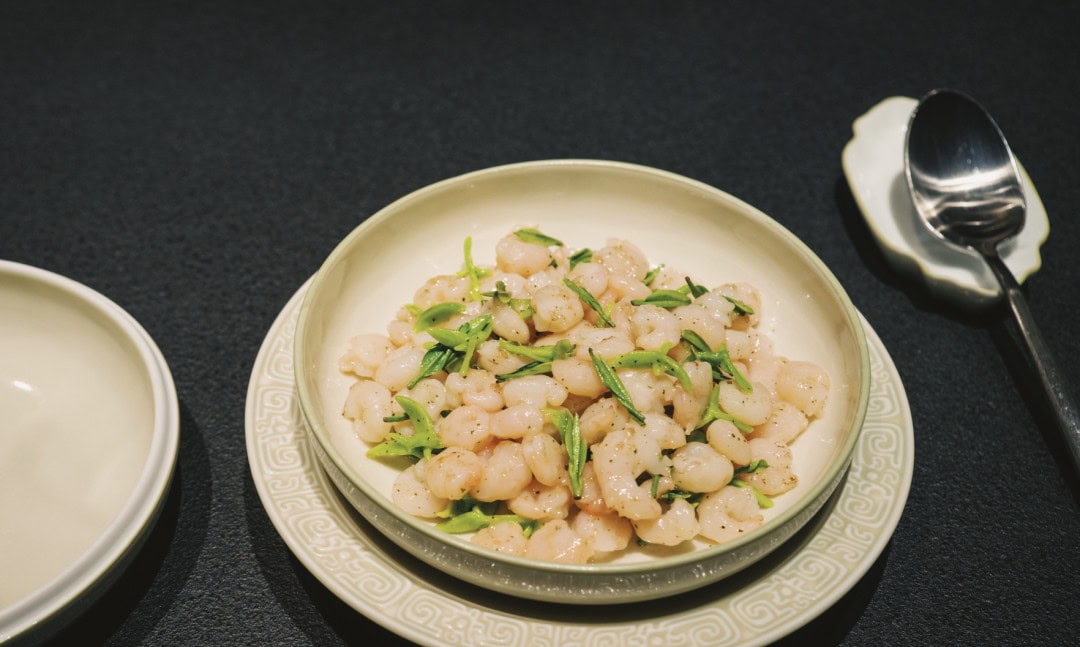
This dish is particularly tailored for those who love river fish but dislike the challenge of bones; it solves that issue perfectly.
Lastly, when it comes to seafood, despite Hangzhou not being on the coast, it’s still close enough to enjoy a variety of seafood options. As for when to eat which seafood, follow the local sayings!
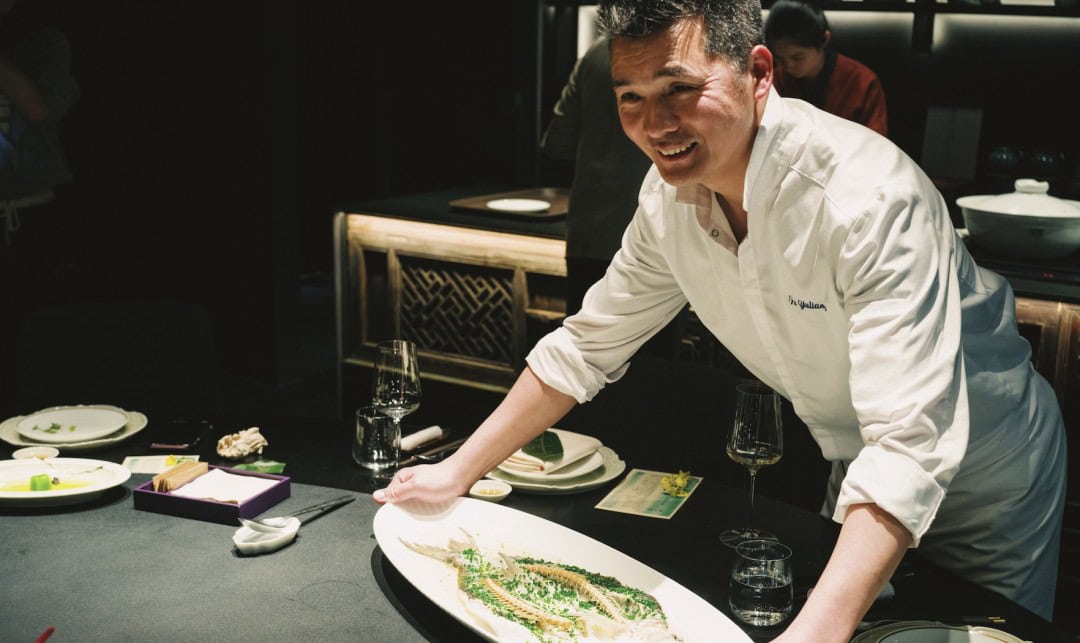
In March, enjoy pomfret; in April, saury.
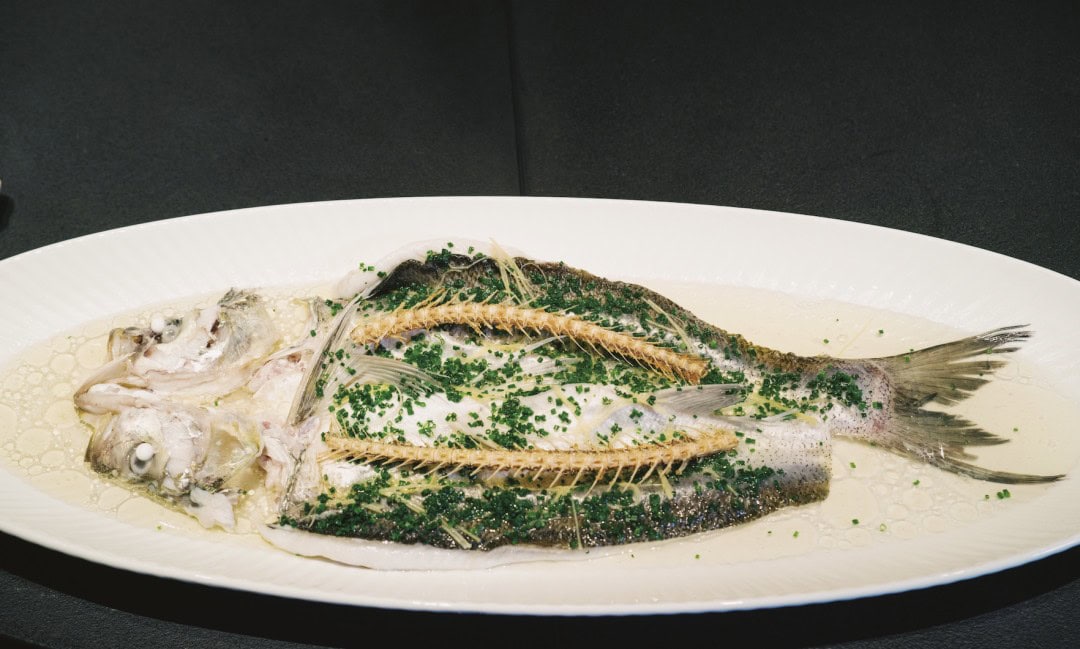
Lan Xuan prepares the pomfret using Hangzhou-style smoked fish techniques, which results in a crispy exterior with a hint of sweetness; it’s aromatic and flavorful when you take a bite.
With the writing on spring dishes in Hangzhou concluded, let’s not forget about dim sum. The most spring-like dim sum in Hangzhou is undoubtedly qingtuan (green rice balls). One bite of qingtuan equals one bite of spring.
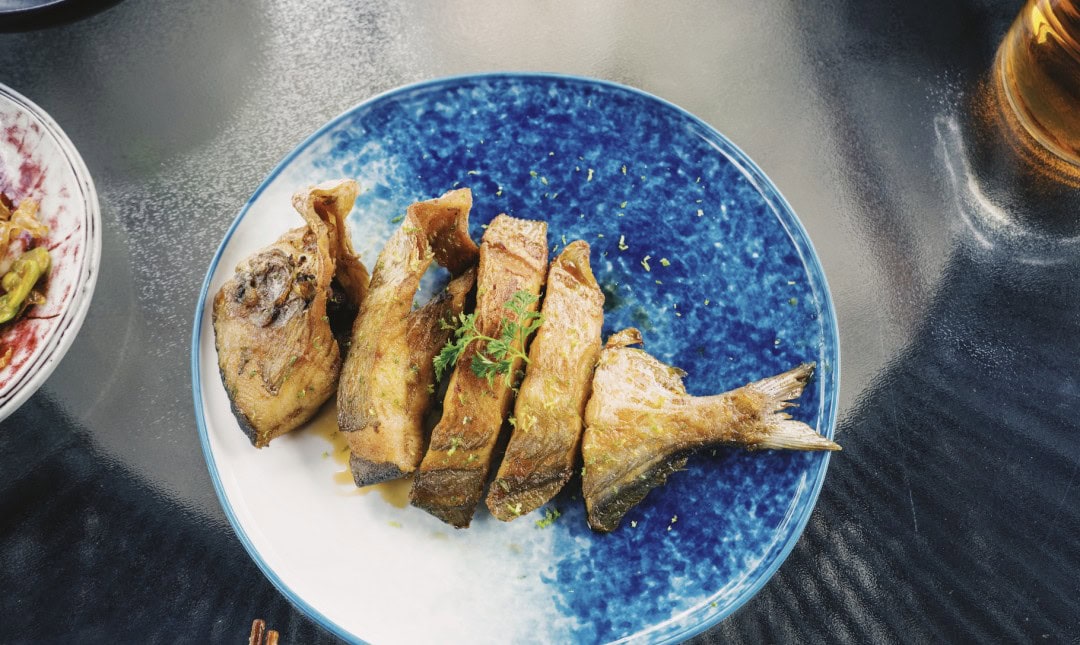
I recommend two places for qingtuan:
Ru Yuan’s mugwort qingtuan features a soft, glutinous outer layer with a faint fragrance of mugwort—inside, you can choose from various flavors, both sweet and savory, making it all delicious.
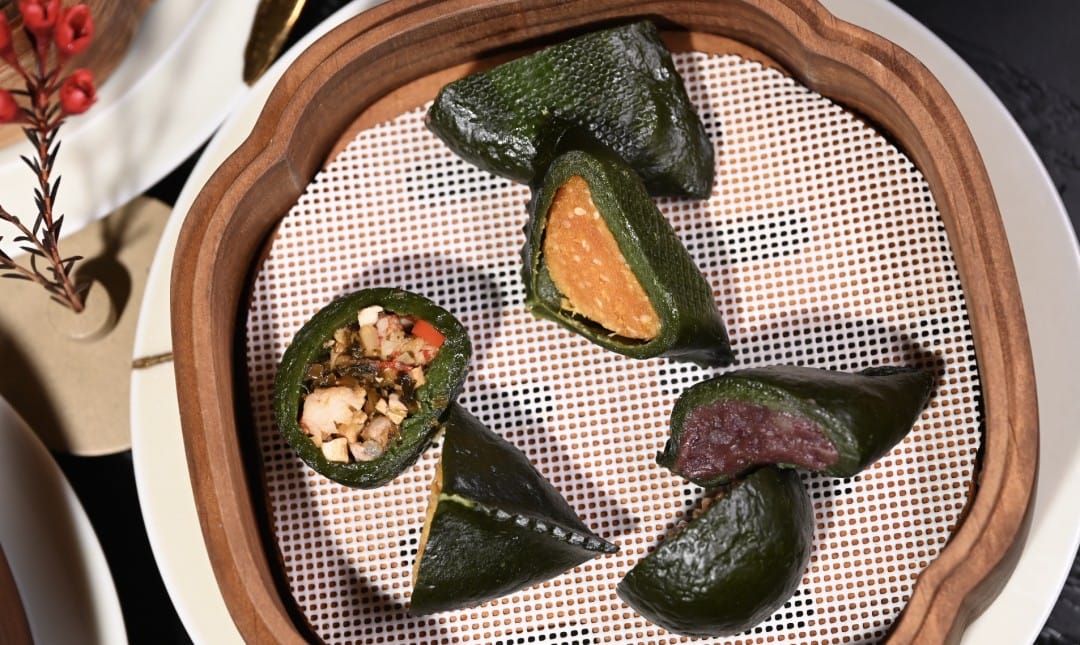
Wang Rong’s Zhuzi family also offers qingtuan, which always has a long queue. Many people look forward to their qingtuan every year around this time.
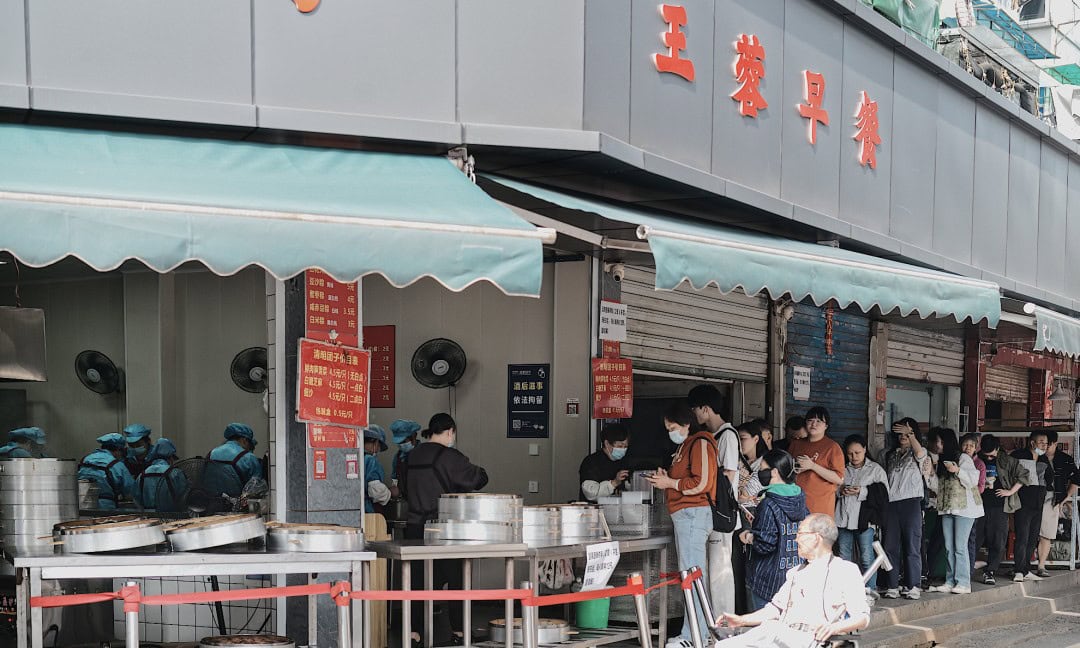
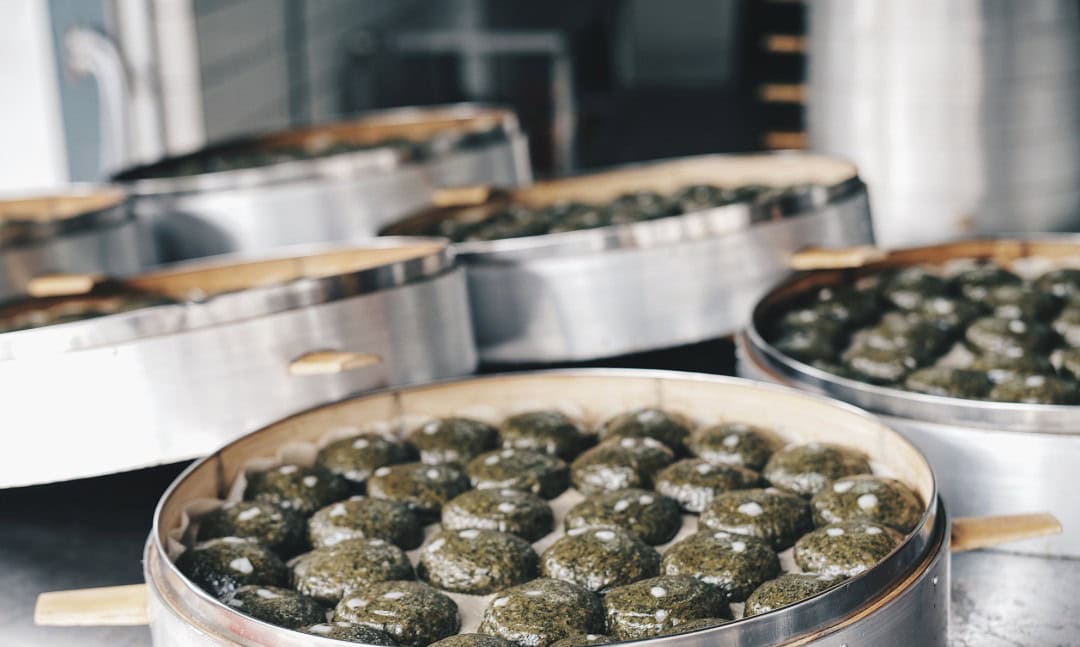
Their qingtuan mainly comes in three fillings: fresh pork with bamboo shoots and snow veggies, white sugar with sesame, and fine sand. The ratio of filling to skin is roughly 1:2, priced at 4.5 yuan each and made fresh daily. I highly recommend the fresh pork with bamboo shoots and snow veggies for the most spring-like taste. Hurry to get them; they’ll be gone in a few days.
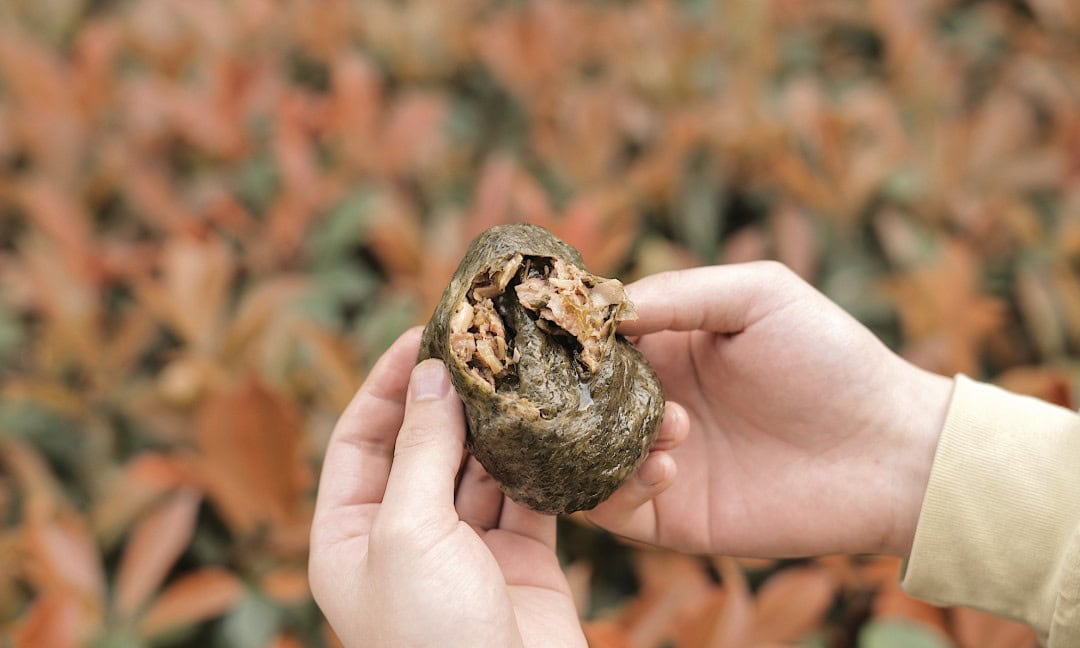
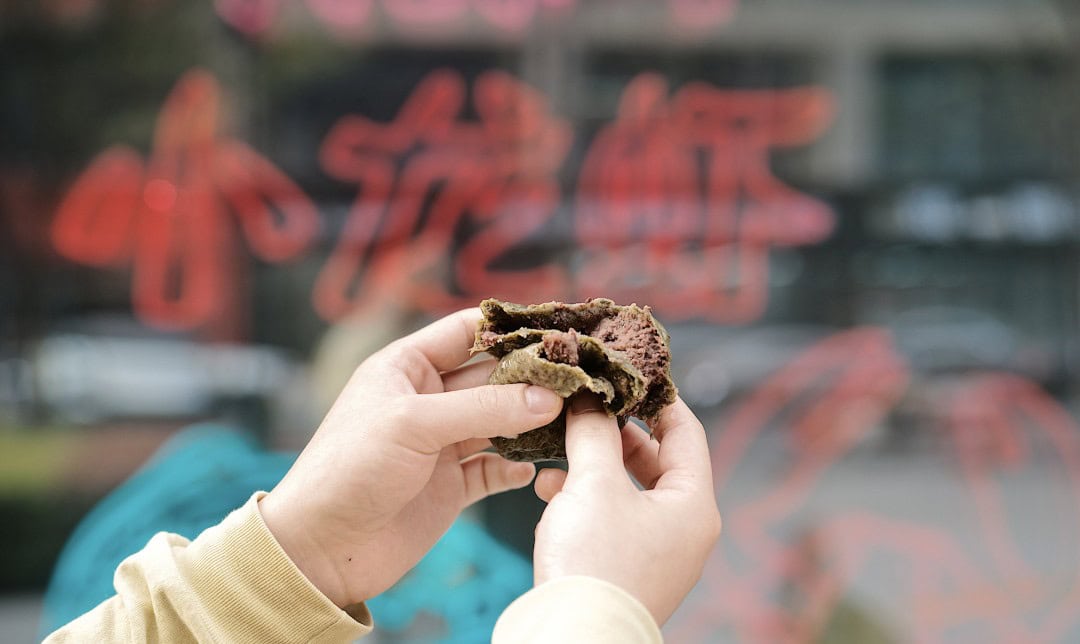
Have you noticed that the restaurants I’ve written about for Hangzhou’s spring dishes mainly focus on Ru Yuan, Lan Xuan, Nanshan Renjia, Fuyuanju, Yueji, Datang Long Feast, Jiangnan Yi, Ban Leng Xixi, Xi Zi Peony Hall, and La Gauche Eatery and Wine?
What surprised me the most is La Gauche Eatery and Wine—a small tavern that crafts delightful seasonal spring dishes.
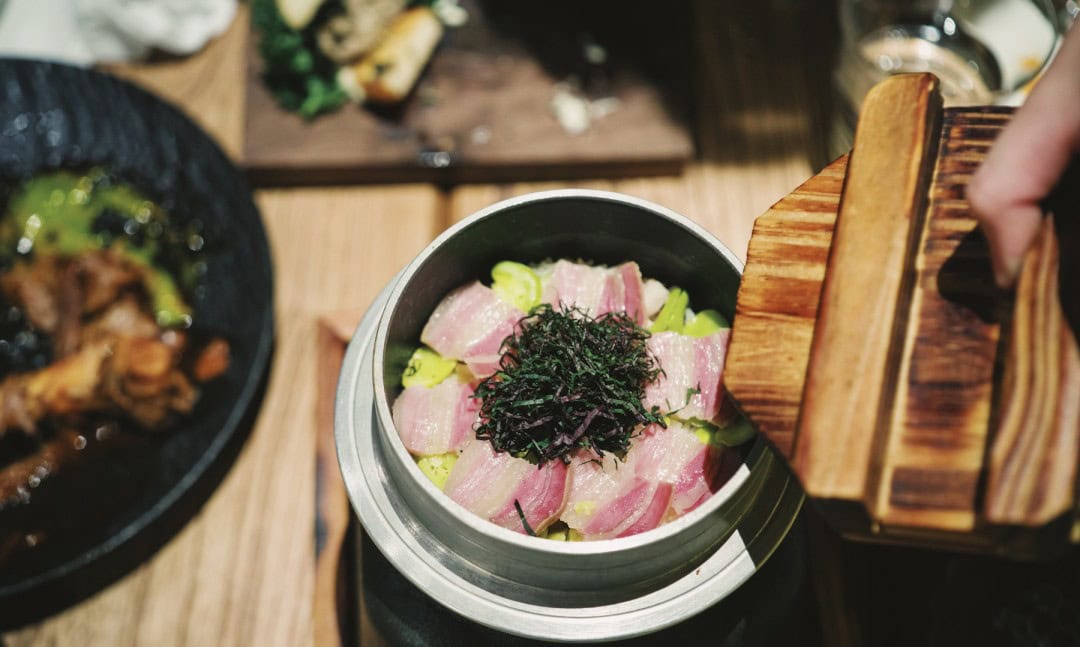
Most restaurants prefer to capitalize on popular items by relying on a few successful dishes. Not every restaurant has the patience to focus on seasonal cooking, and while creating a new dish for each season seems simple, most restaurants can’t pull it off.
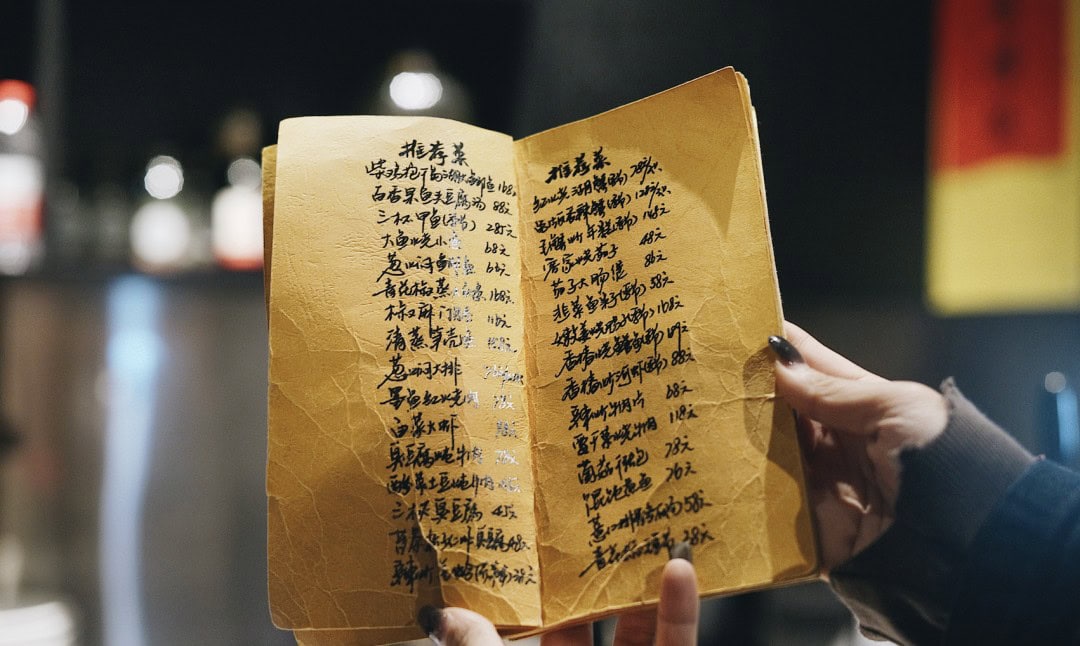
Additionally, Jiangnan Yi’s menu specifically highlights seasonal dishes to signify their freshness.

Hangzhou, with you around, will never be a culinary desert!
If you love traveling, don’t forget to follow and pin this official account!


